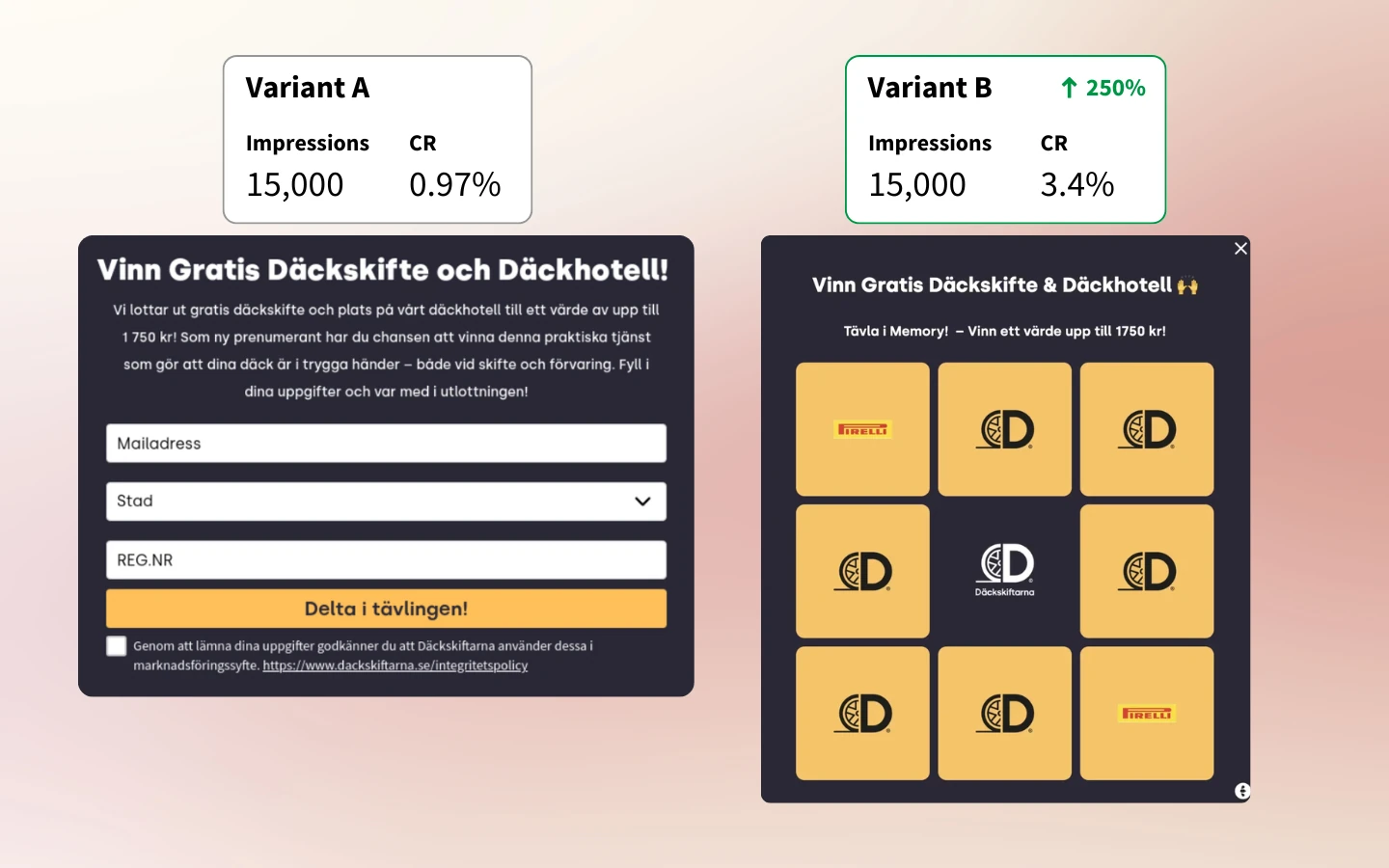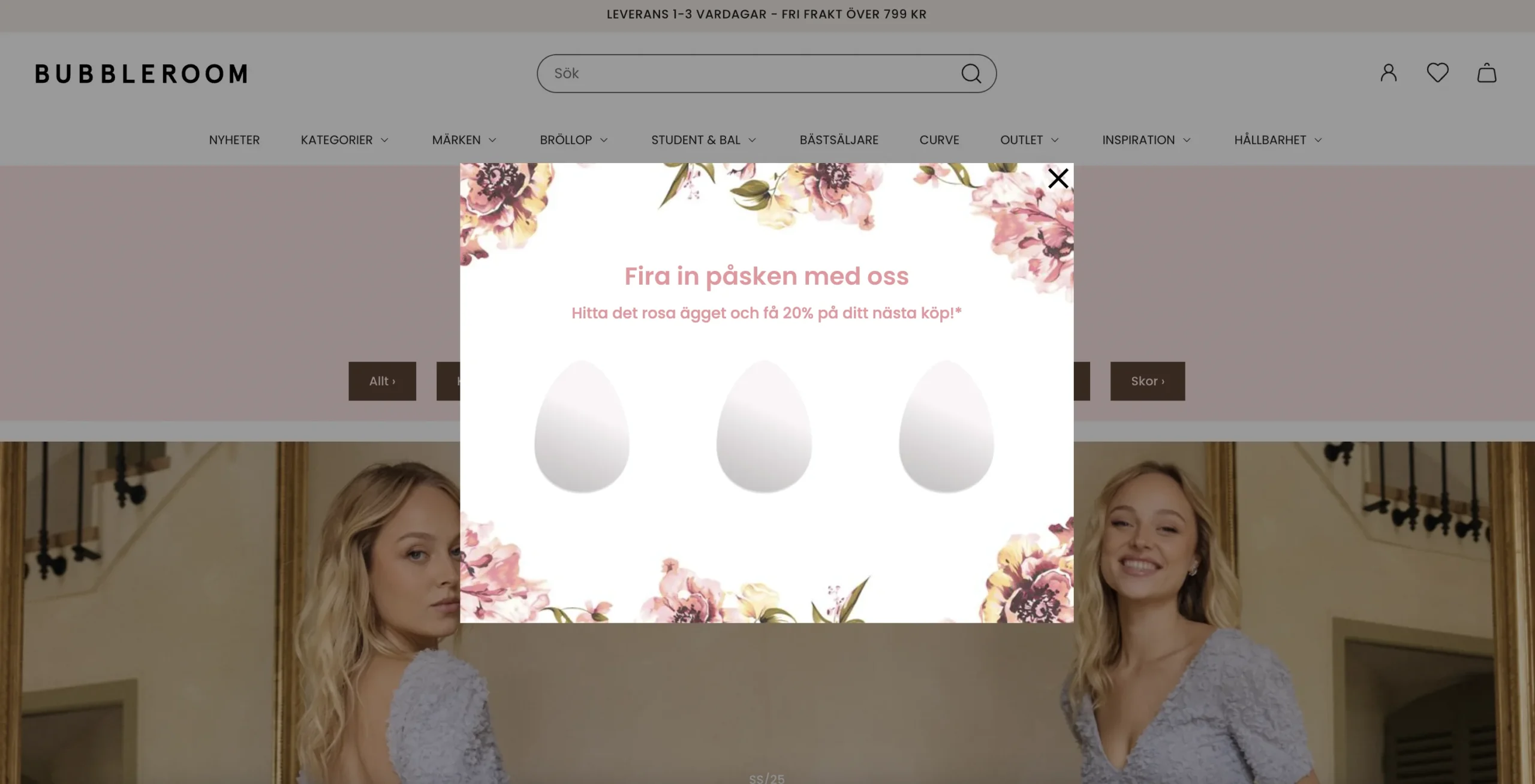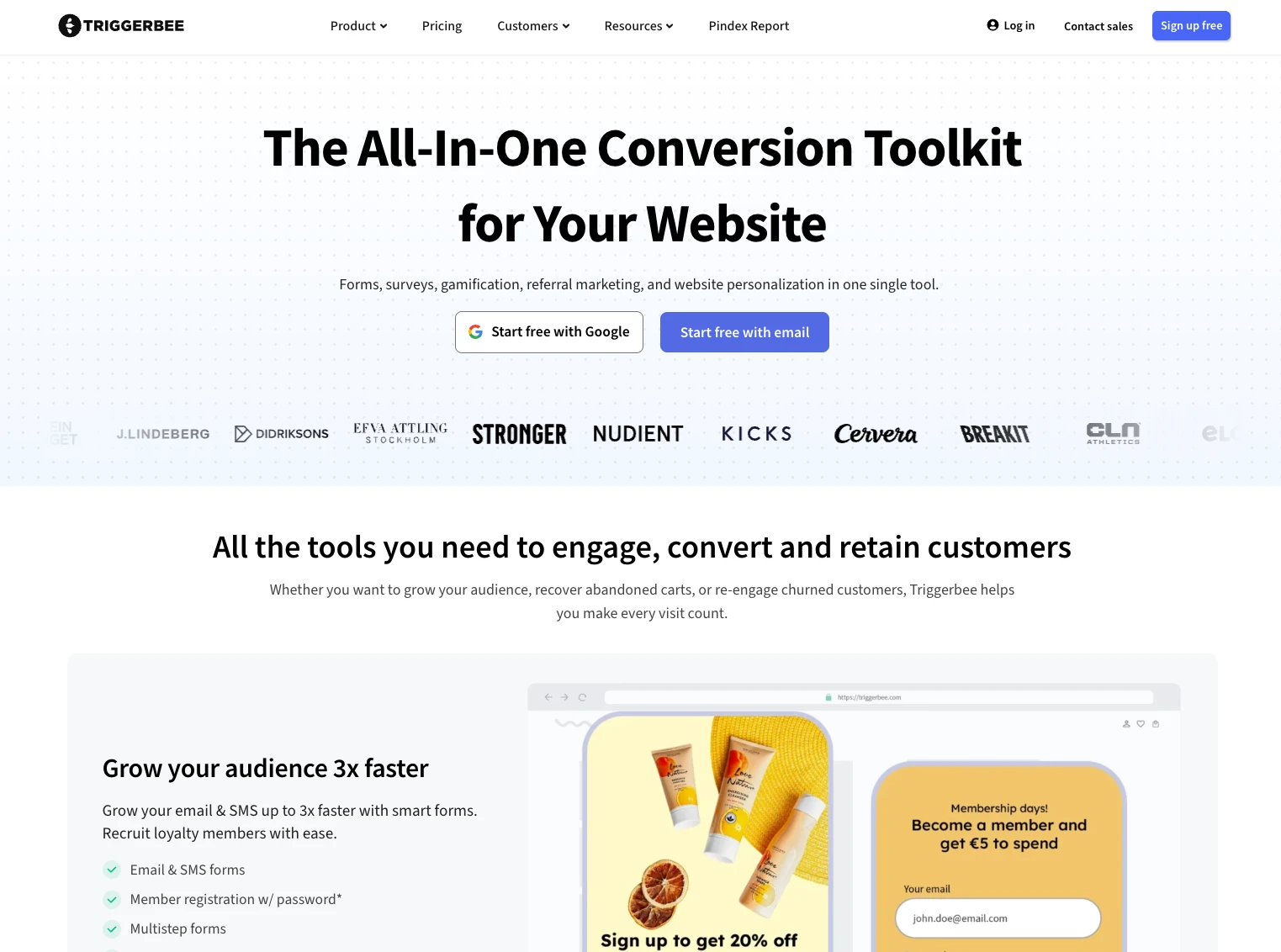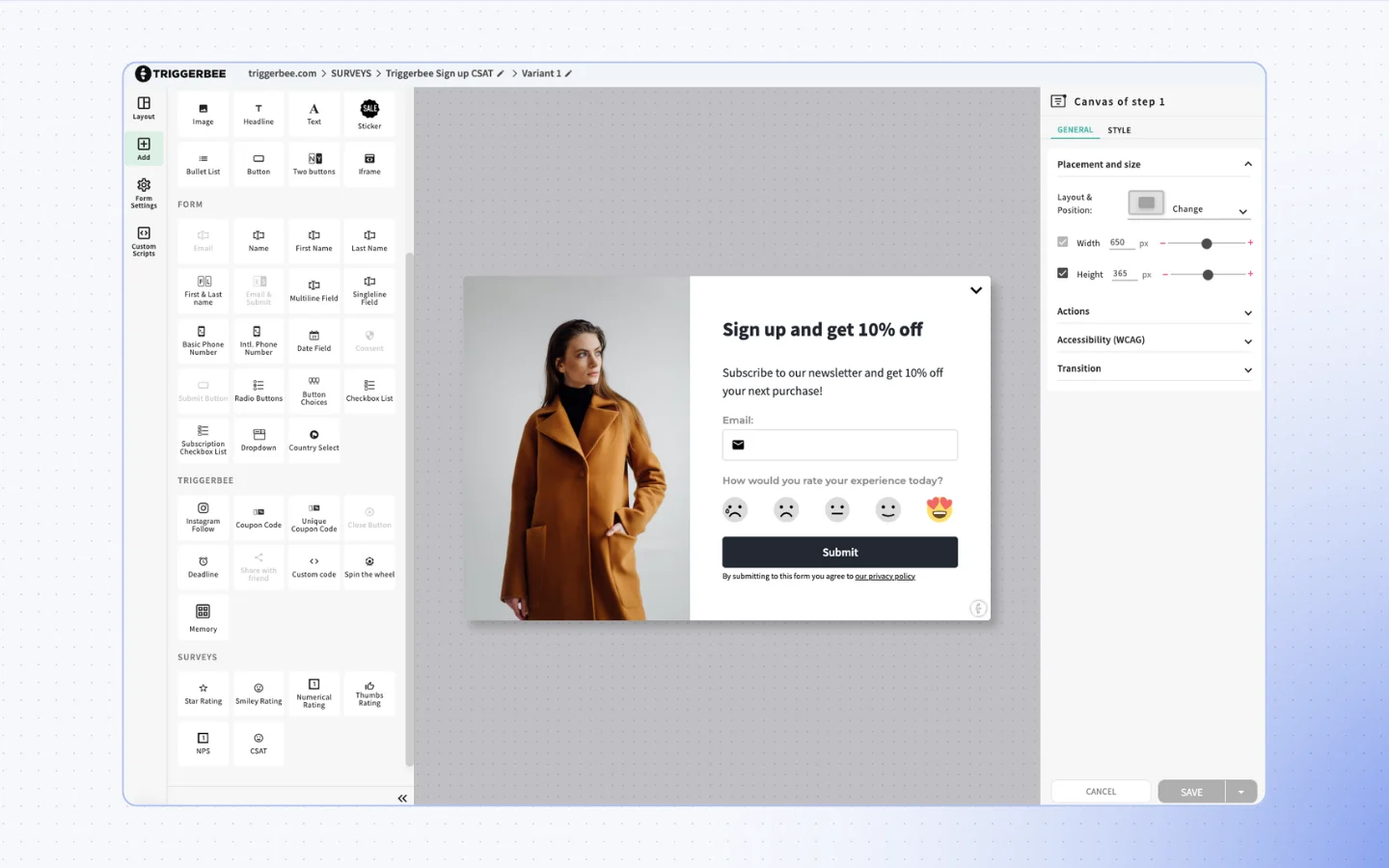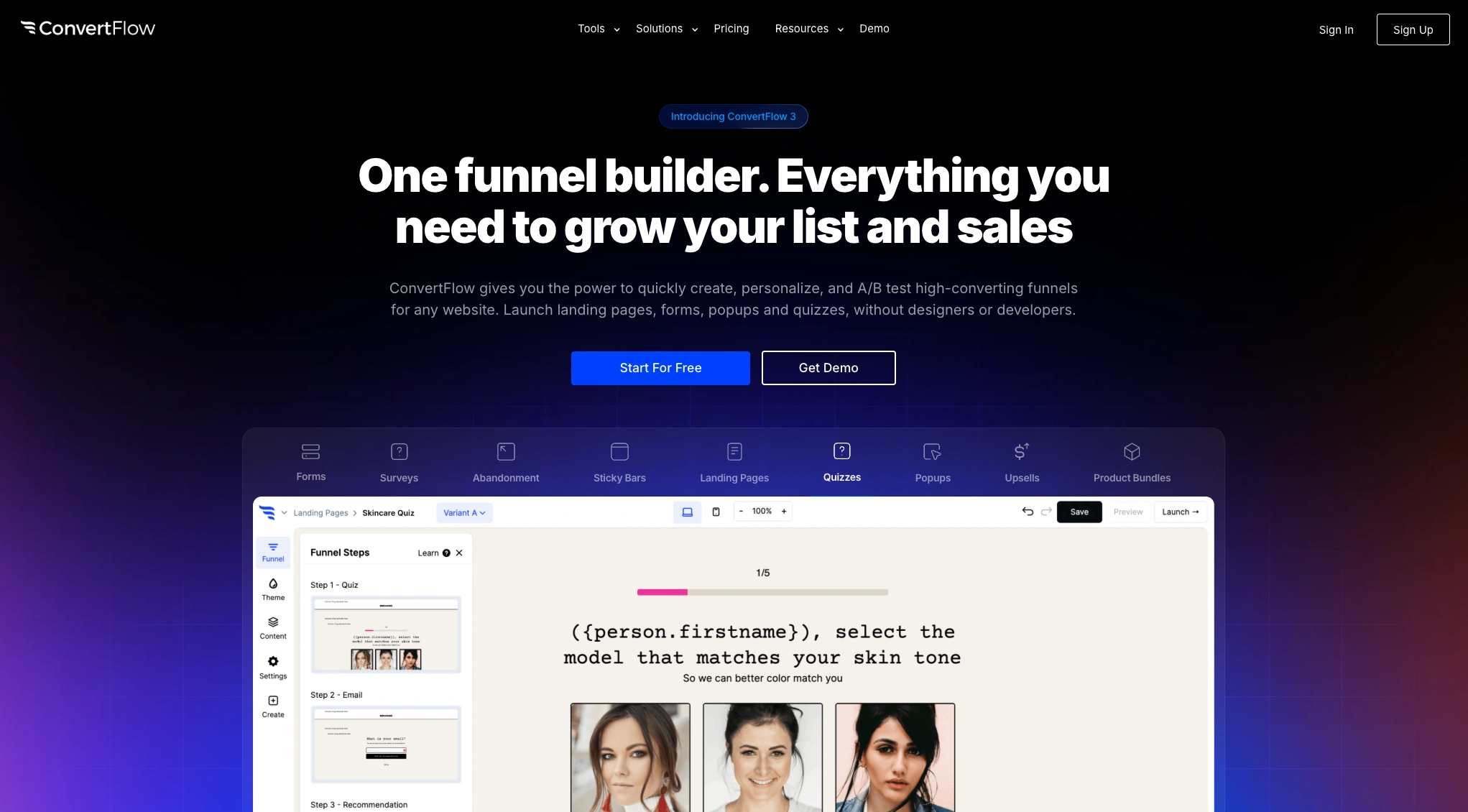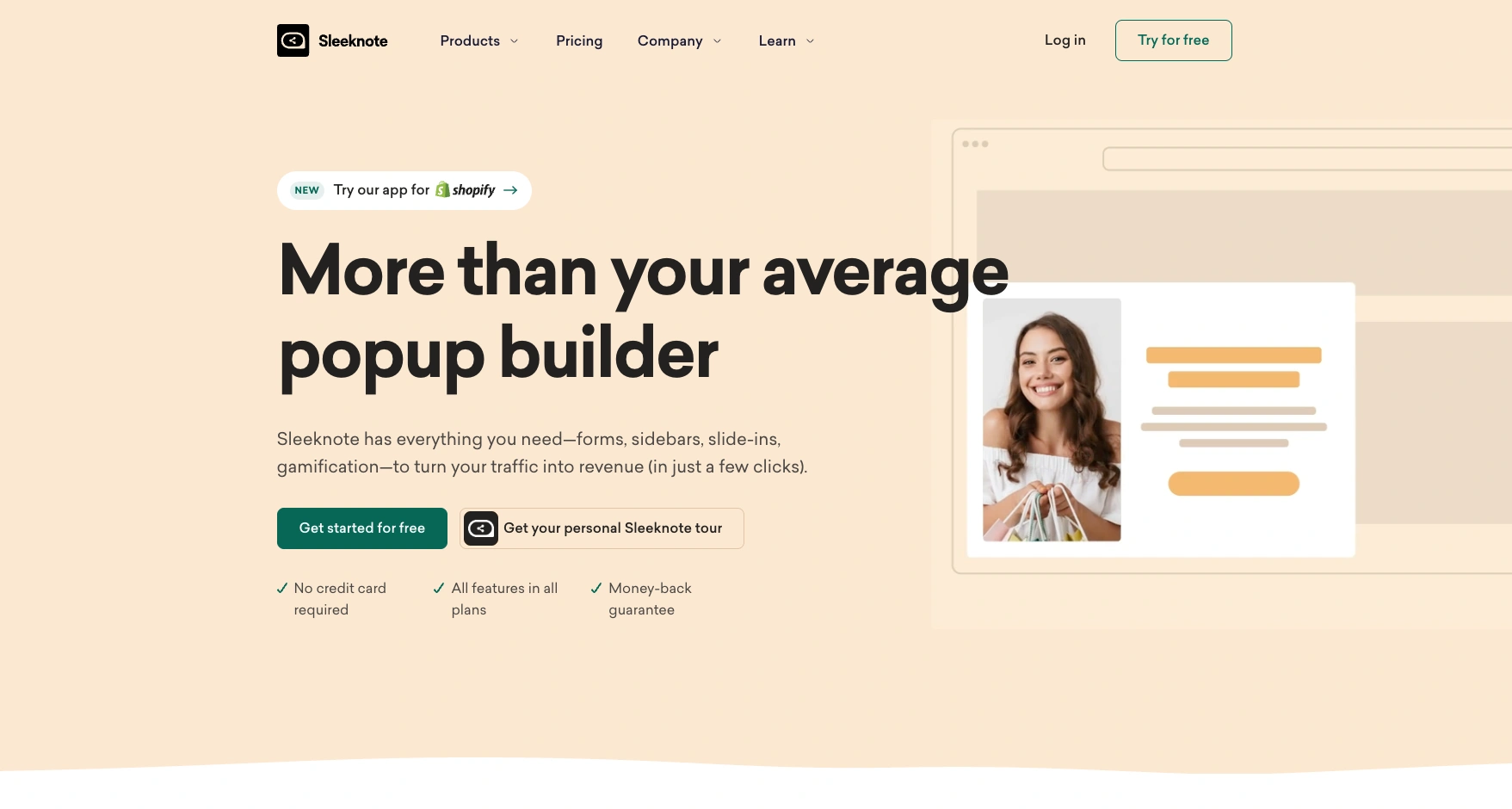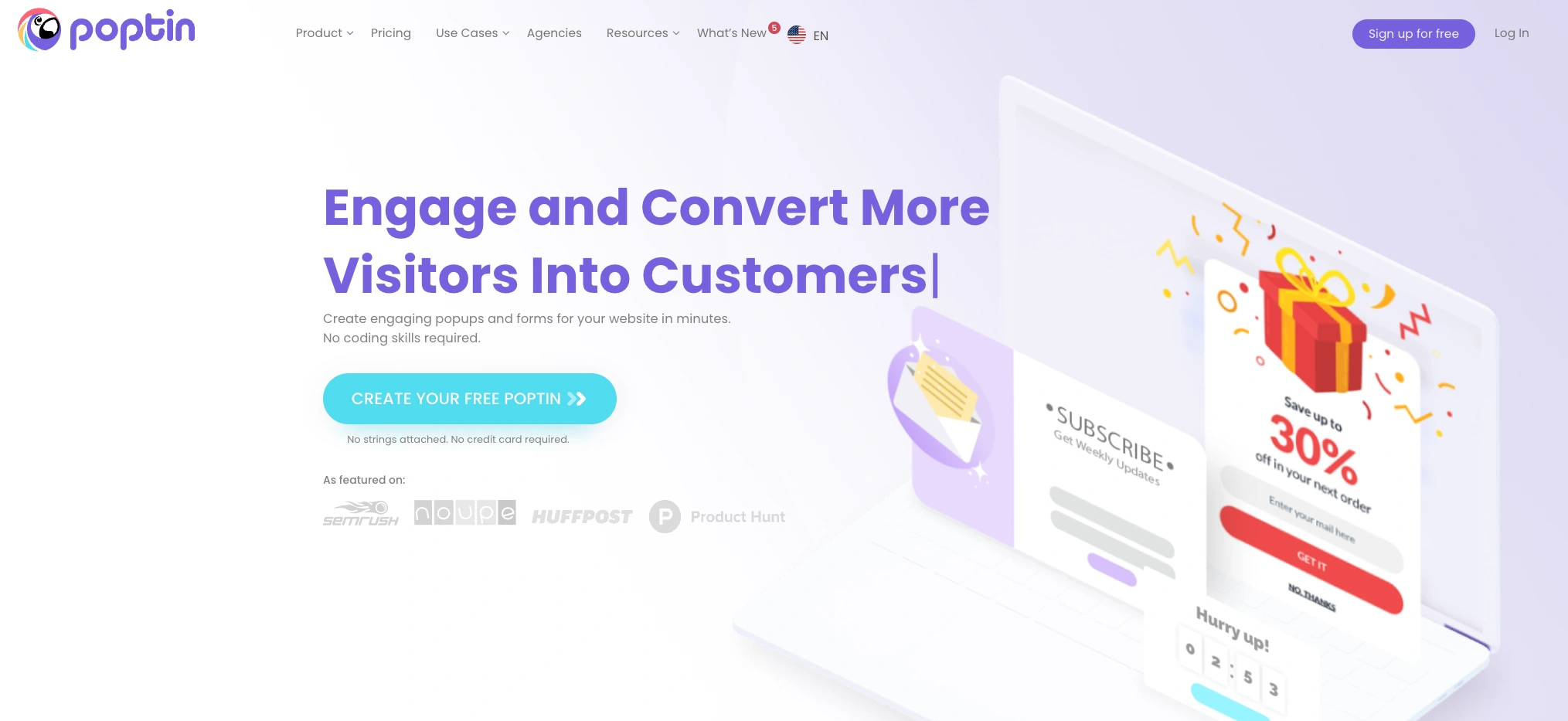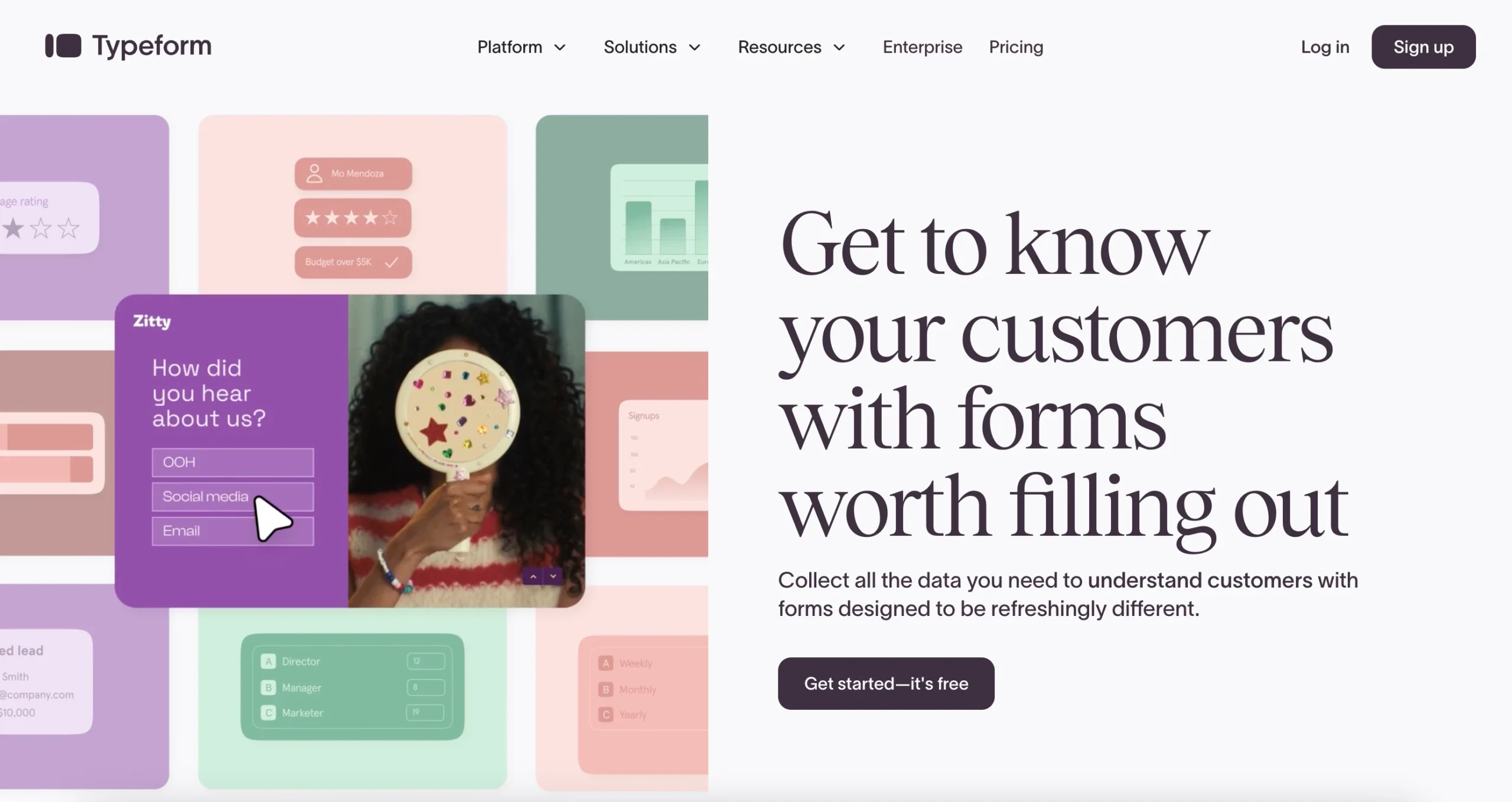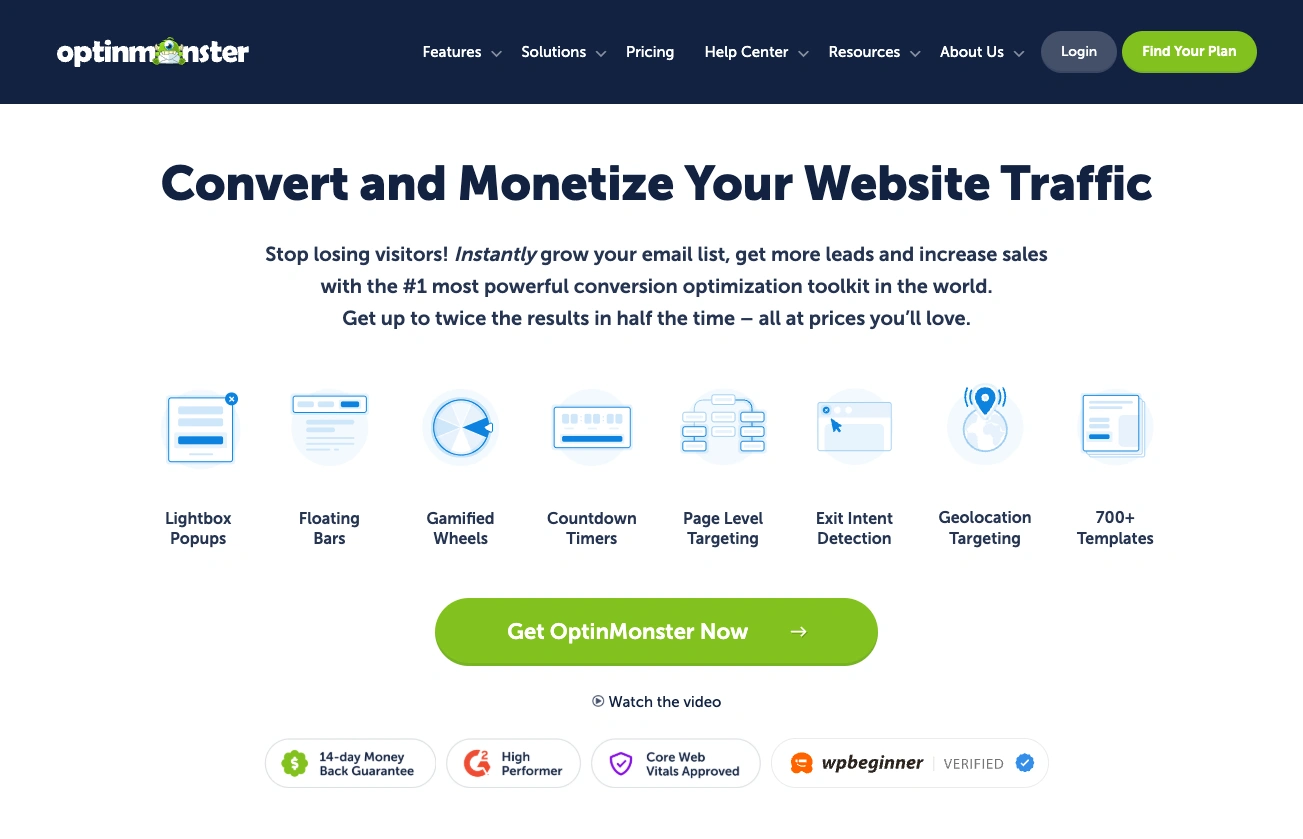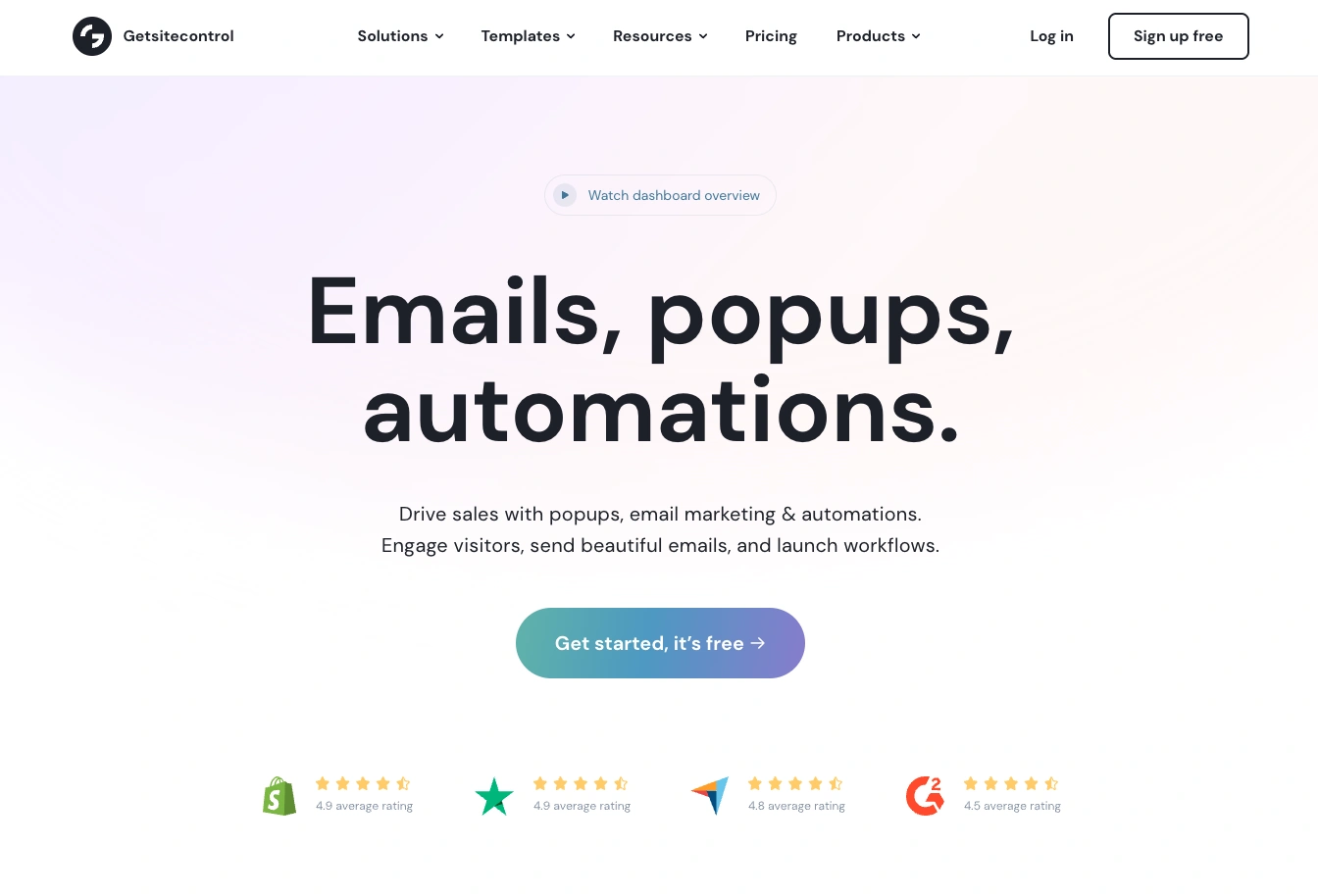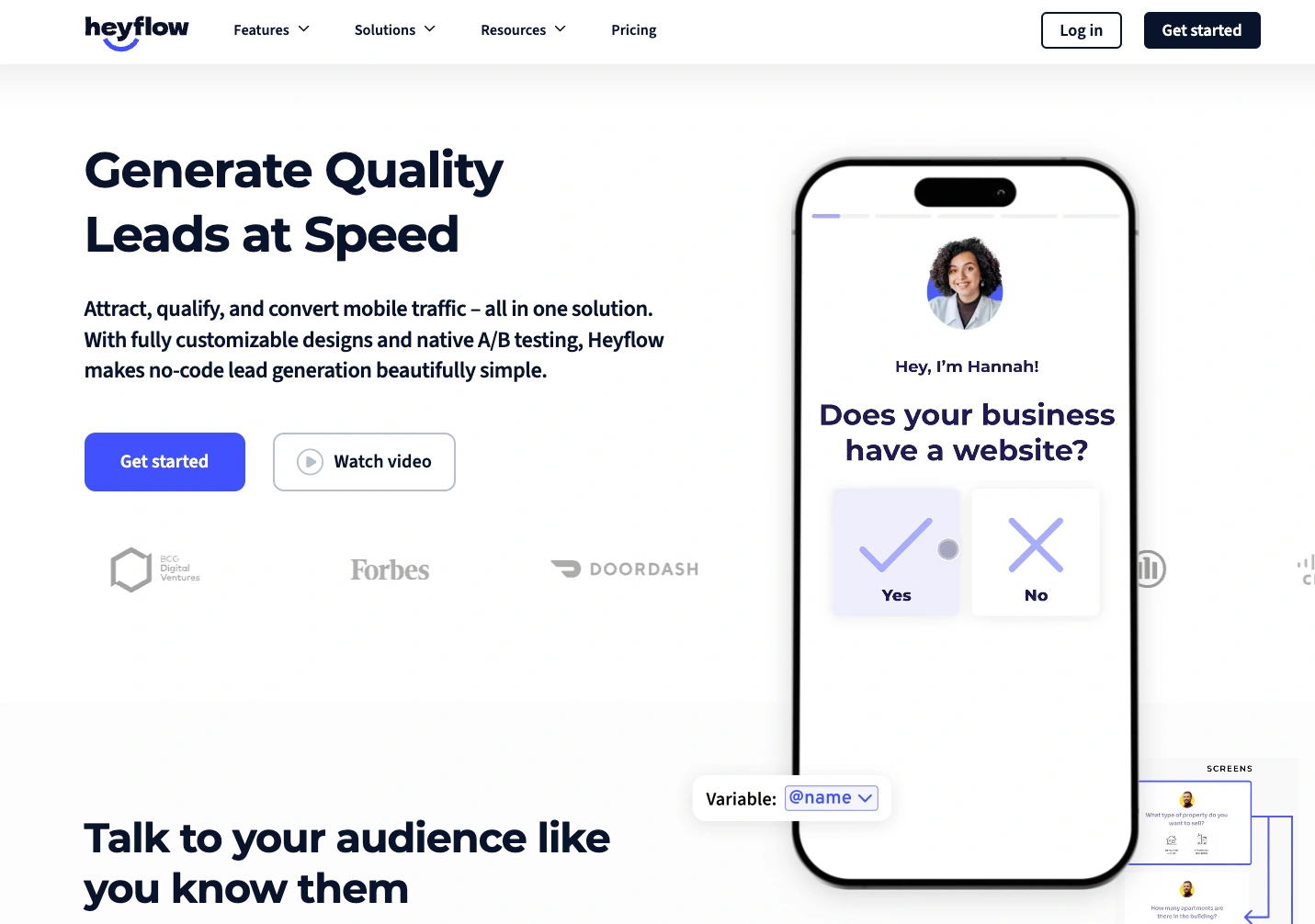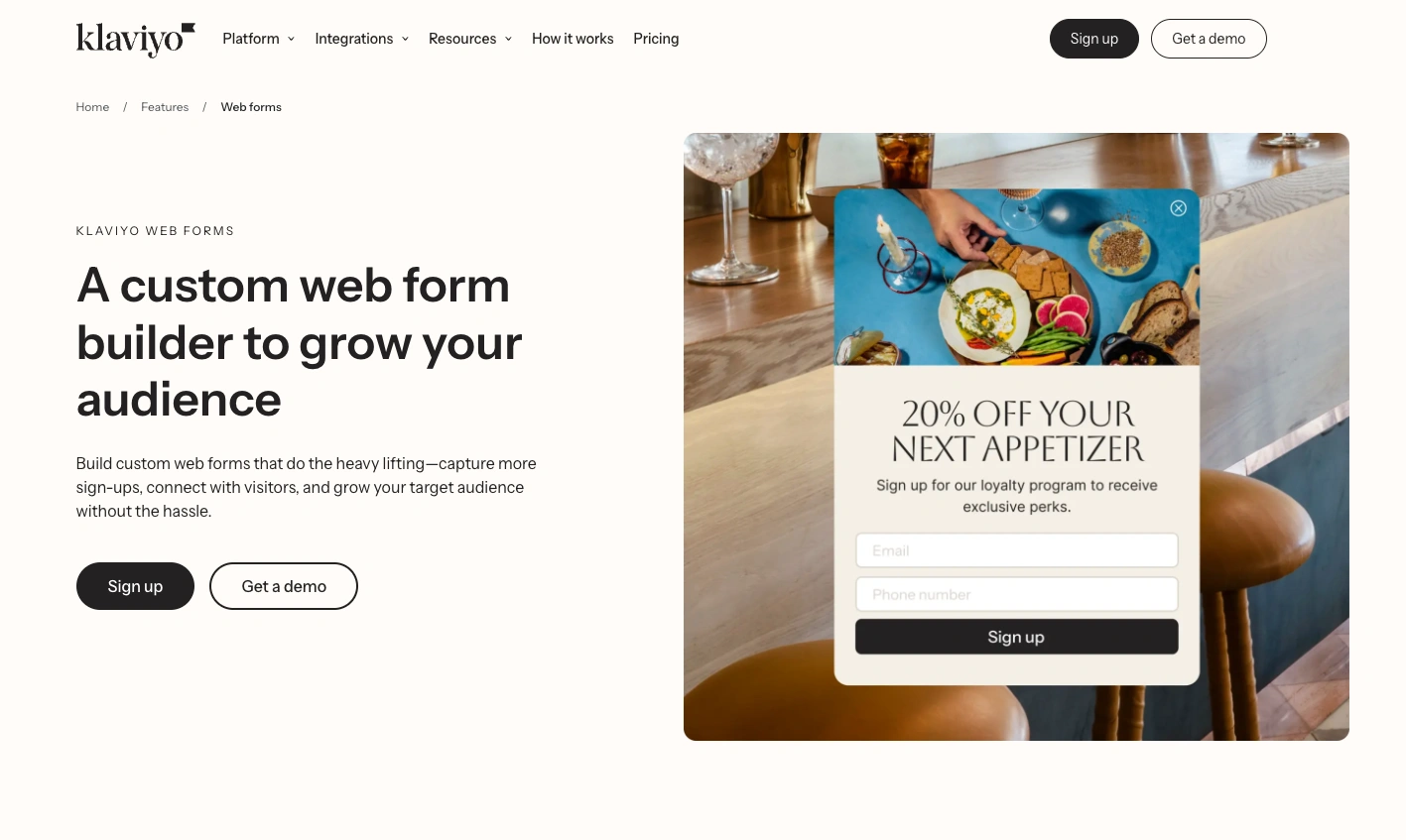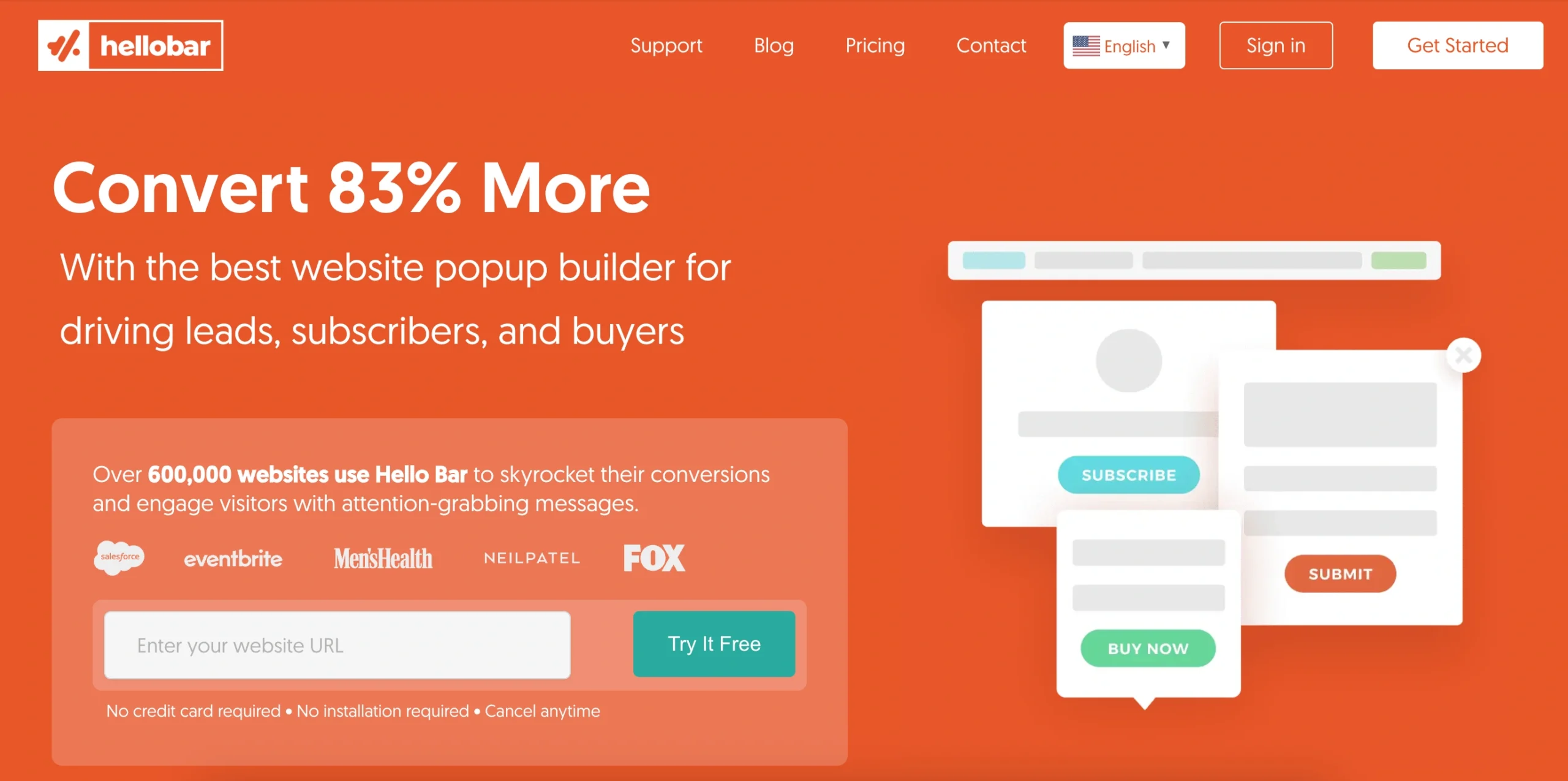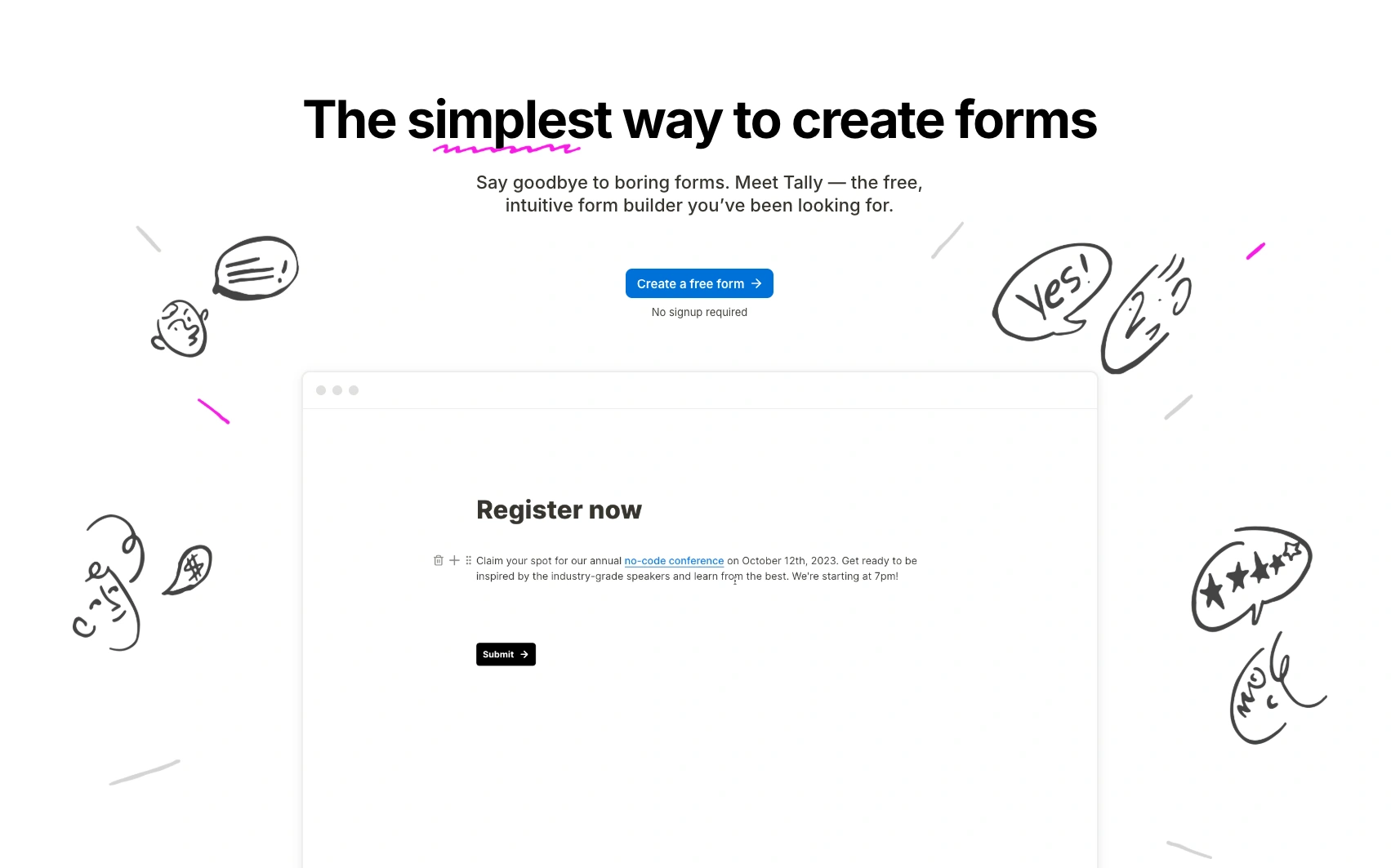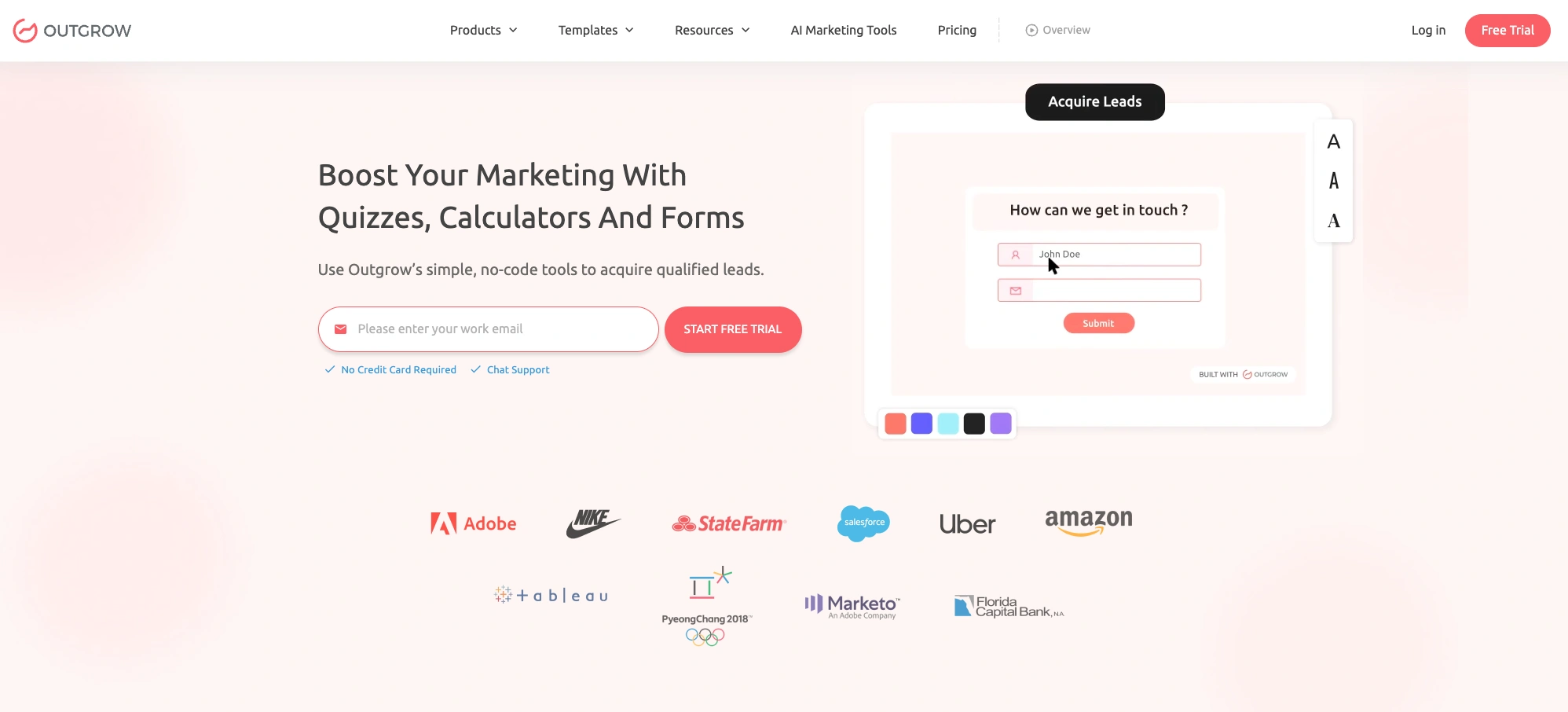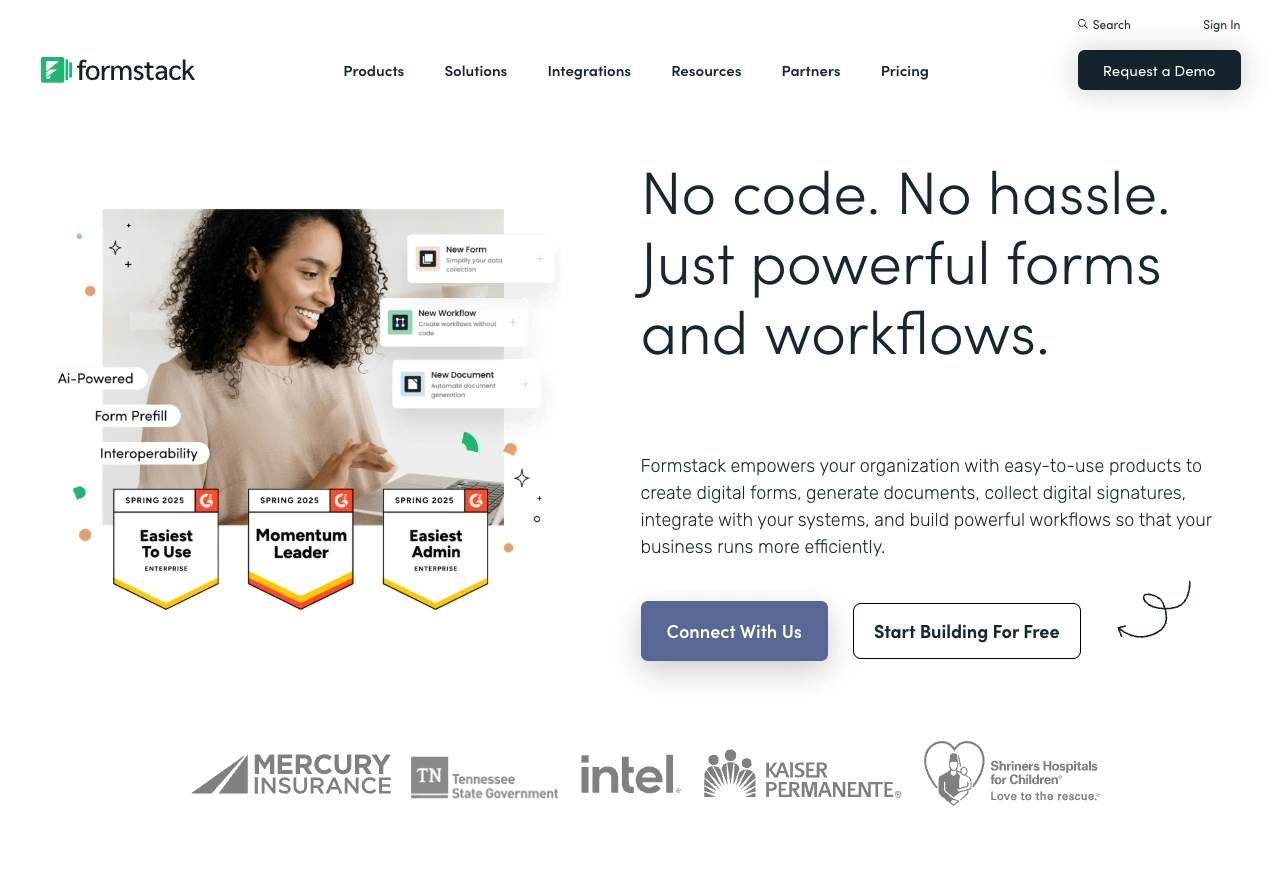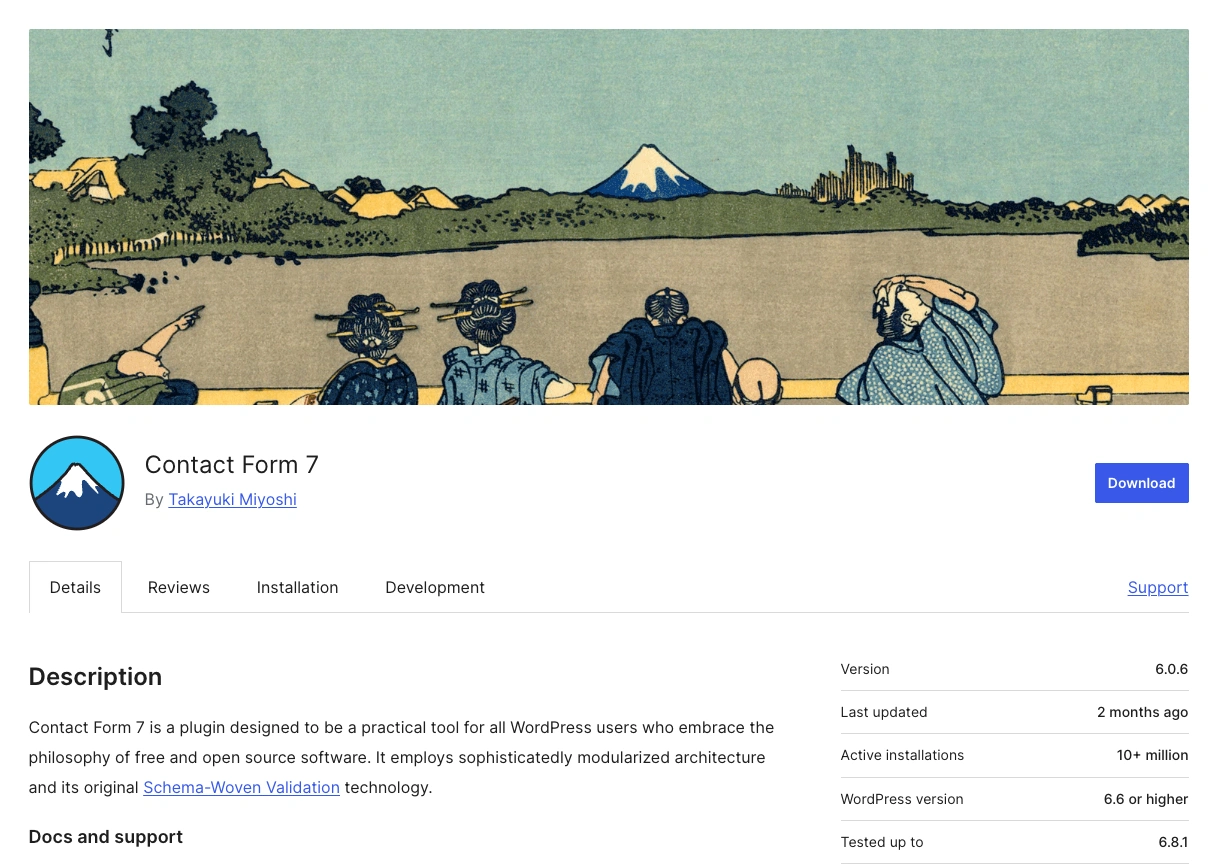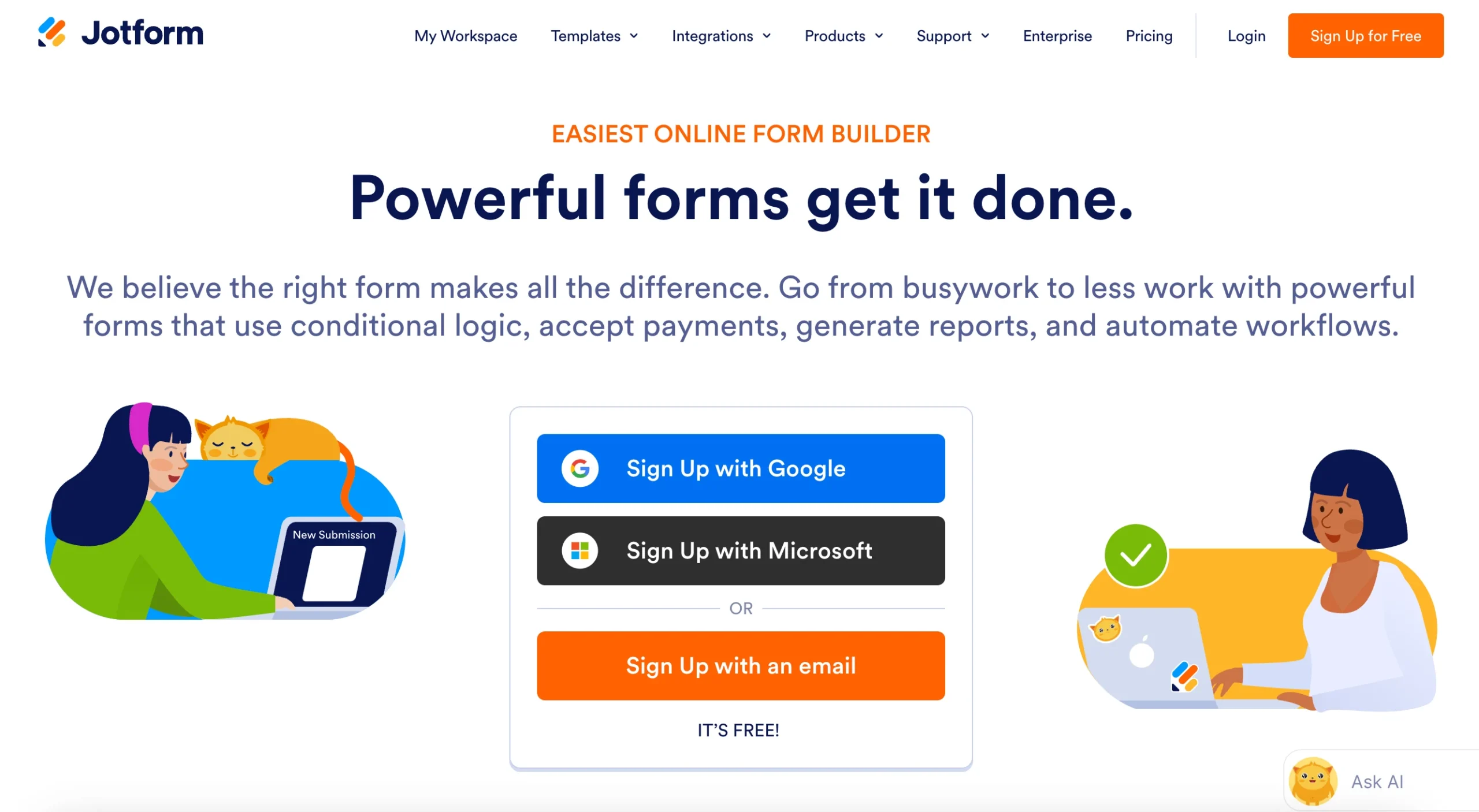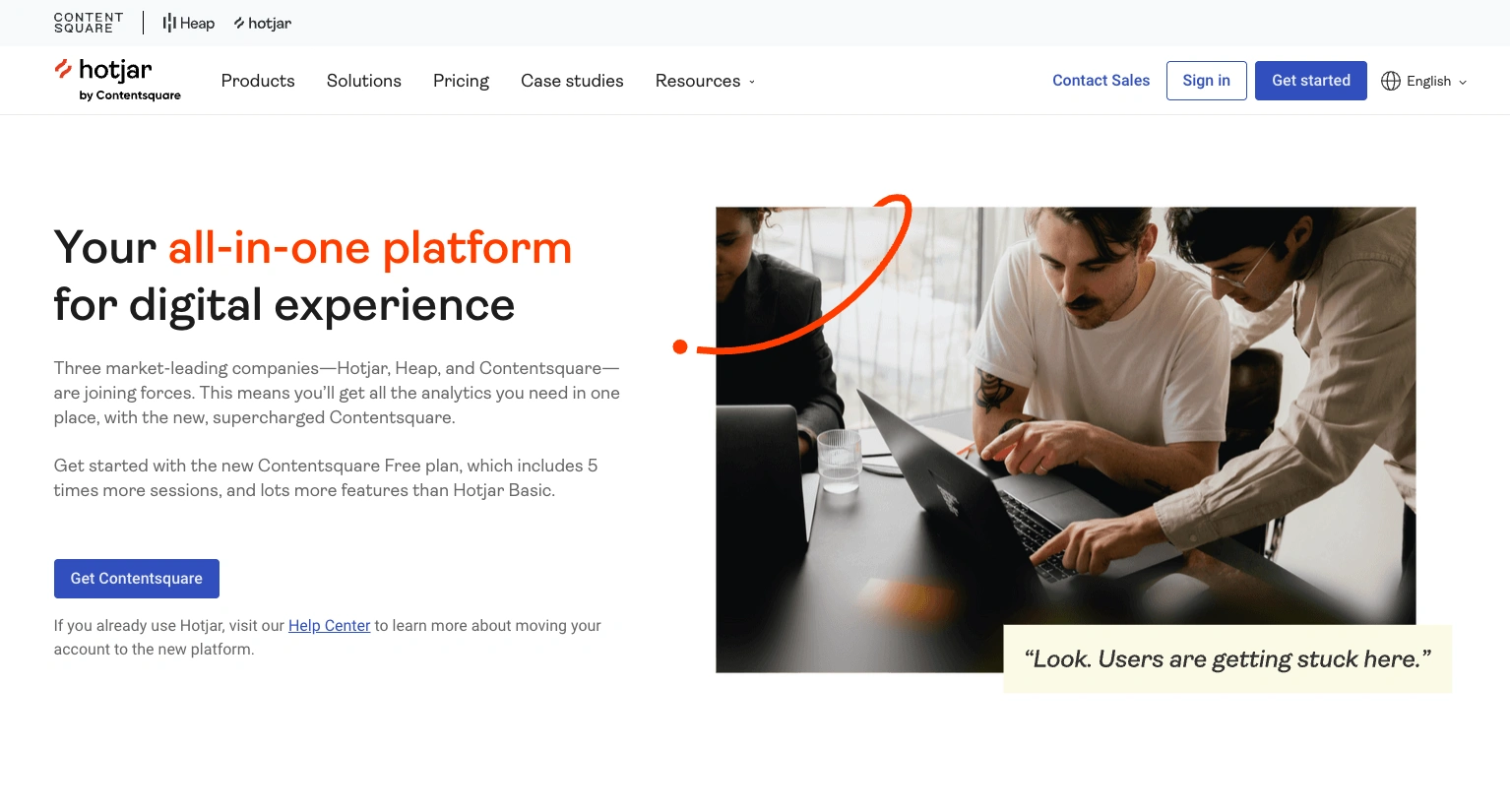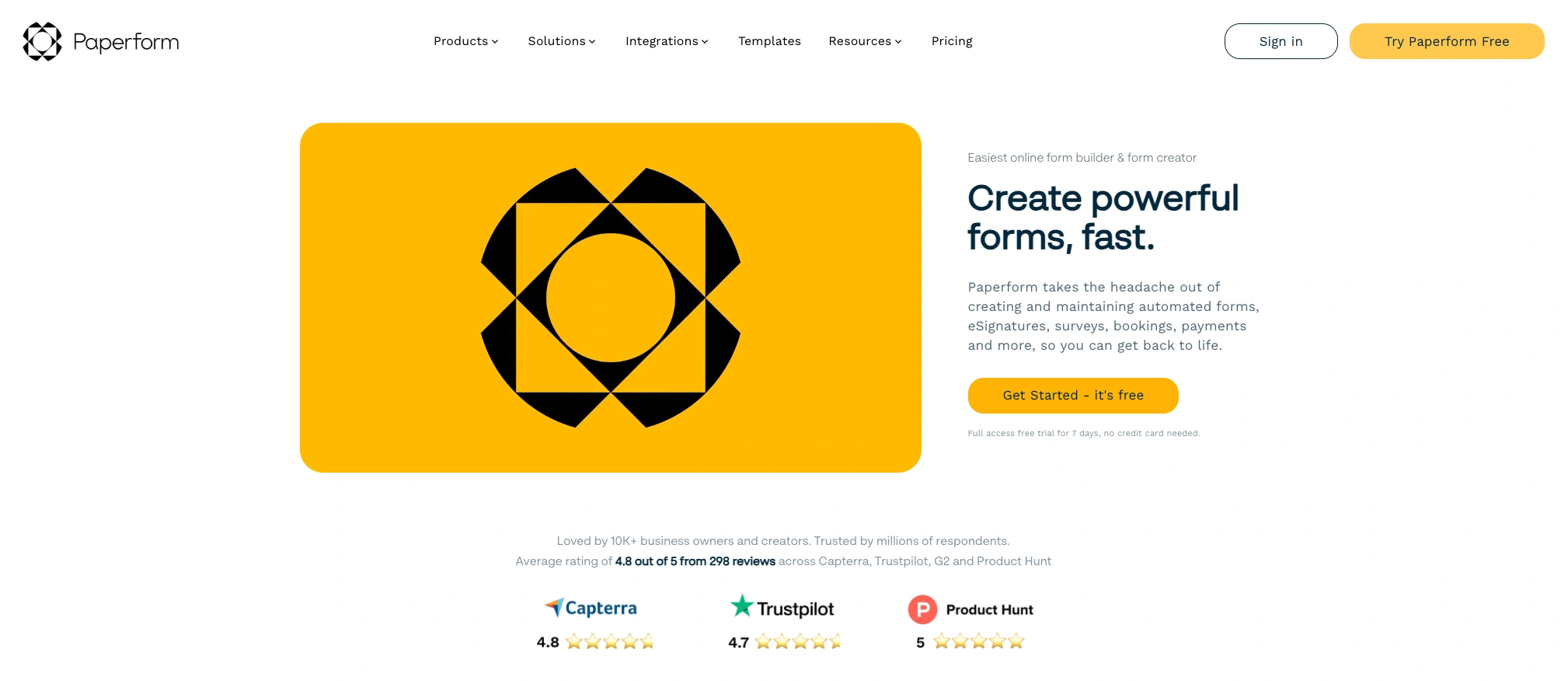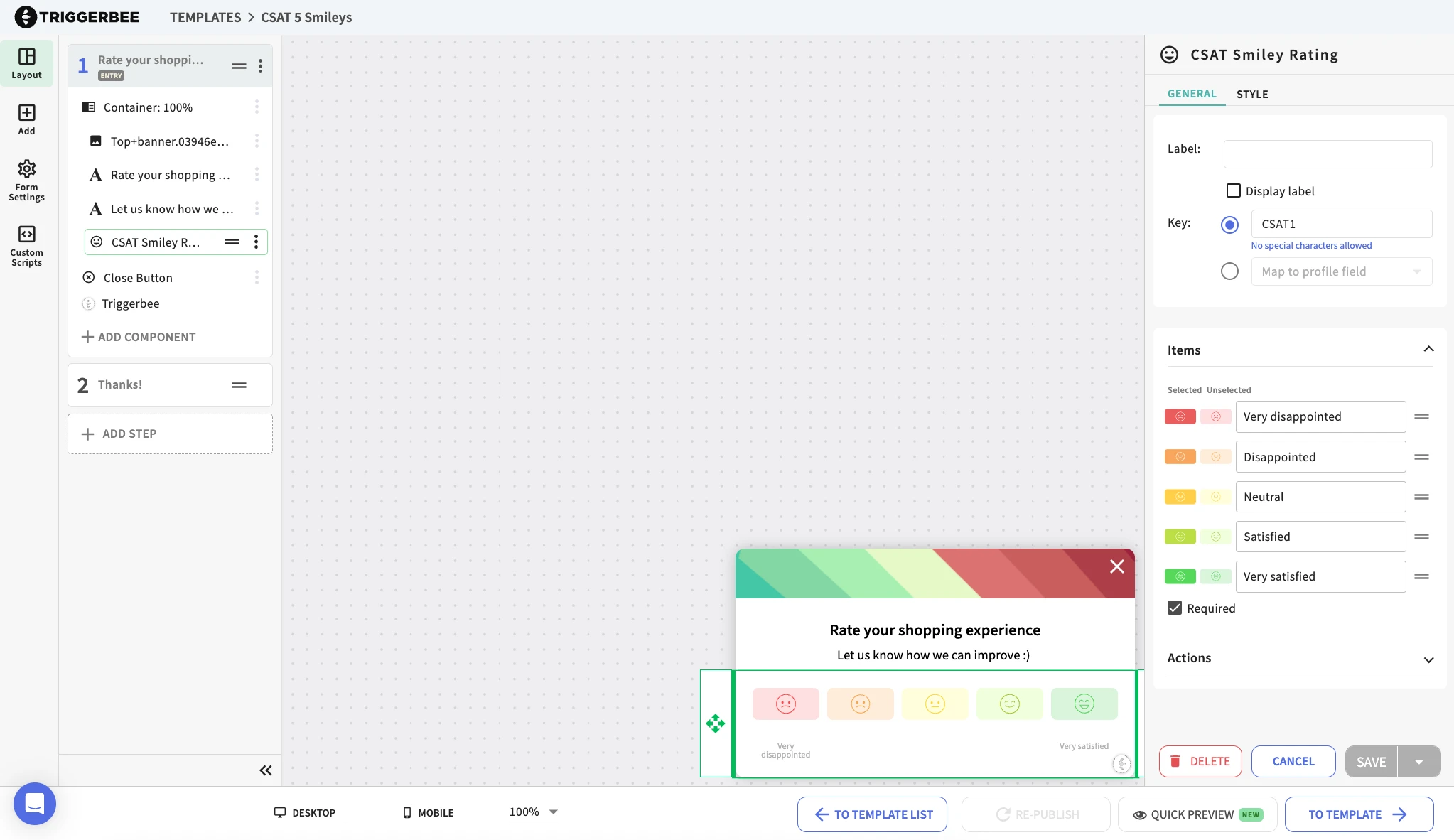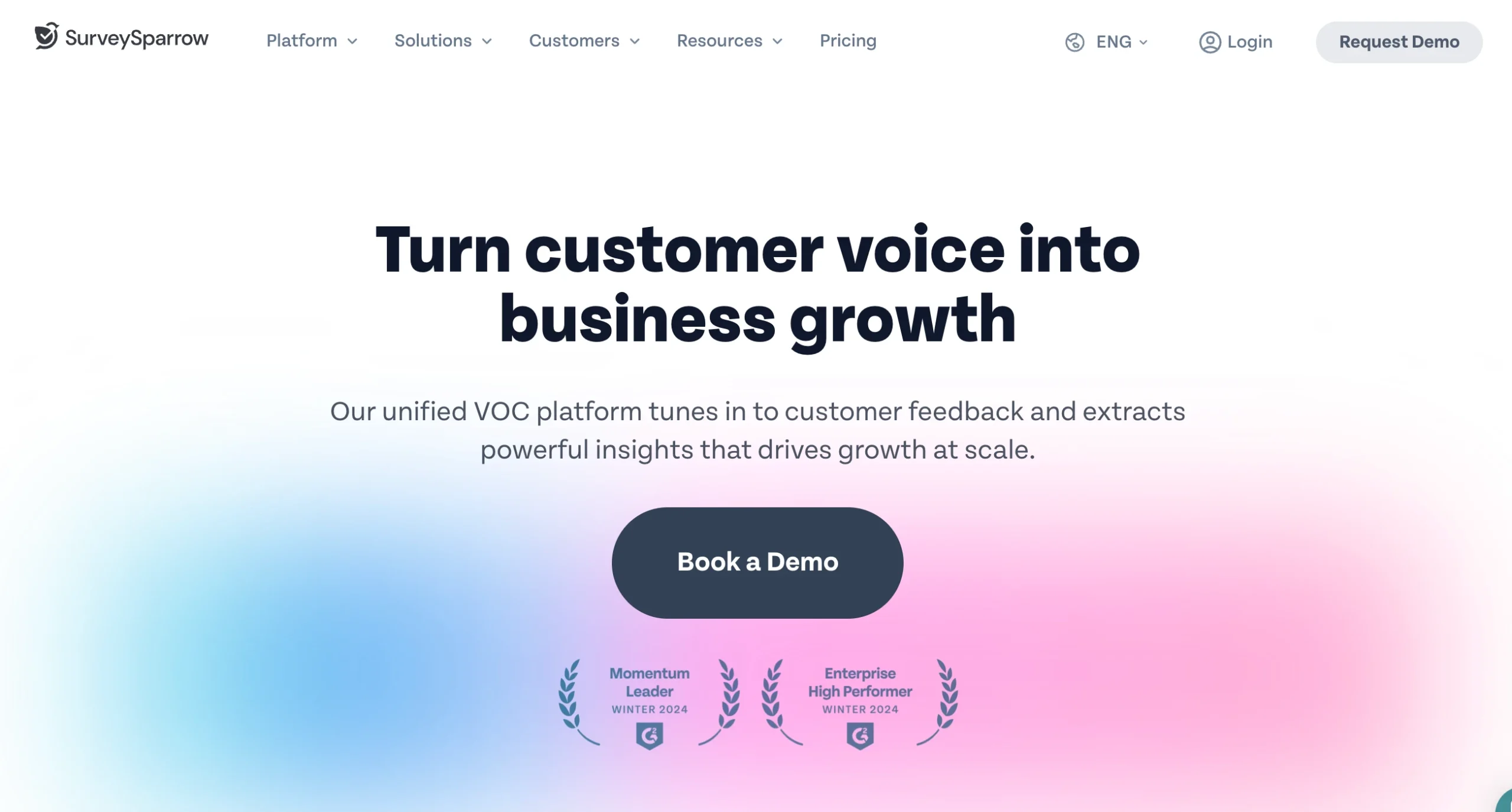In this guide, we’re breaking down the best gamification platforms for creating high-converting popups, lead forms, and gamified website campaigns. Whether you’re in ecommerce or B2B, these tools make it easy to launch interactive campaigns like spin to win, scratch & reveal, memory games, advent calendars, and mystery offers.
Most of the software on this list work across use cases; from growing your email list to driving sales or increasing engagement. Some are lightweight and single-purpose. Others offer full popup suites with built-in personalization, automation, and integrations.
Most common gamification features
- Spin to Win: classic prize wheel with coupon codes or rewards
- Scratch & Reveal / Scratch Cards: users scratch to uncover their prize
- Memory Games: matching games with rewards
- Mystery Offers: randomized or hidden discounts
- Calendar Campaigns: Daily offers and holiday campaigns
- Daily Giveaways: return visit incentives
How to compare gamification software
Not all gamification software offer the same level of control or flexibility. Some are great for simple campaigns and are perfect for running quick and easy sign up campaigns. Others are better suited for truly gamifying your website, with teams running multiple campaigns, managing multiple brands, or needing to tie in with CRM or loyalty data.
Here’s what to look for when choosing the best gamification software for your business:
- Campaign types: What kinds of gamified campaigns are included? Is it just spin to win, or also scratch & reveal, memory, advent calendars and mystery offers?
- Customization & design: Can you style the games to match your brand? If not, are you okay with that or is it important that the campaign feels like your brand through and through?
- Targeting: Can you show campaigns to the right visitors based on location, browsing behavior, CRM status, device or even the weather?
- Integrations: Does it connect easily with your email platform, CRM, loyalty tool, or analytics stack?
- Pricing & limits: Are features gated by visitor count, or available on lower tiers? Is there a free plan?
- Data location (bonus): Can you ensure data is stored in the EU if needed?
Let’s take a look at the top platforms and how they compare, starting with the one that gives you the most campaign types and the most design freedom: Triggerbee.
The Top 13 Gamification Platforms
| # | Platform | Gamified Campaigns | Plan Tier | Data Location |
|---|---|---|---|---|
| 1 | ⭐ Triggerbee | Spin to Win, Memory, Scratch & Reveal, Calendar Campaigns, Daily Offers, Mystery Offers | 14-day Free Trial. Pricing from €39/month. | 🇪🇺 EU |
| 2 | Sleeknote | Scratch & Reveal, Spin to Win, Calendar Campaigns, Daily Offers | Free trial available. From €68/month | 🇪🇺 EU |
| 3 | OptiMonk | Spin to Win, Scratch & Reveal, Mystery Gift (limited styling) | Free plan available. Pricing from $19 and 20k page views. | 🇪🇺 EU |
| 4 | Justuno | Spin to Win, Scratch & Reveal, Slot Machine, Mystery Offers | Free up to 2,000 visitors. Pricing from $35/month | 🇪🇺 EU |
| 5 | Wheel of Popups | Spin to Win (1 promotion only) | From $19/month (5k page views) | 🇺🇸 US |
| 6 | Elfsight | Spin to Win, Scratch Cards, Timers, Countdowns, Other Widgets | From $4/month (5k views) | 🇺🇸 US |
| 7 | Playable | Multiple Games (custom-built, advanced setup) | Enterprise (custom pricing) | 🇪🇺 EU |
| 8 | Poptin | Spin to Win (non-custom), Scratch, Mystery Gift | Free up to 1,000 visitors. Pricing from $20/month | 🇺🇸 US |
| 9 | Wisepops | Spin to Win only | From €49/month | 🇺🇸 US |
| 10 | OptinMonster | Spin to Win only (limited design) | From $49/month | 🇺🇸 US |
| 11 | Privy | Spin to Win only | From $24/month | 🇺🇸 US |
| 12 | Klaviyo | Spin to Win only | Included (free up to 250 contacts) | 🇺🇸 US |
| 13 | MailerLite | Spin to Win only | Included (free up to 500 contacts) | 🇪🇺 EU |
1. Triggerbee (⭐⭐⭐⭐⭐)
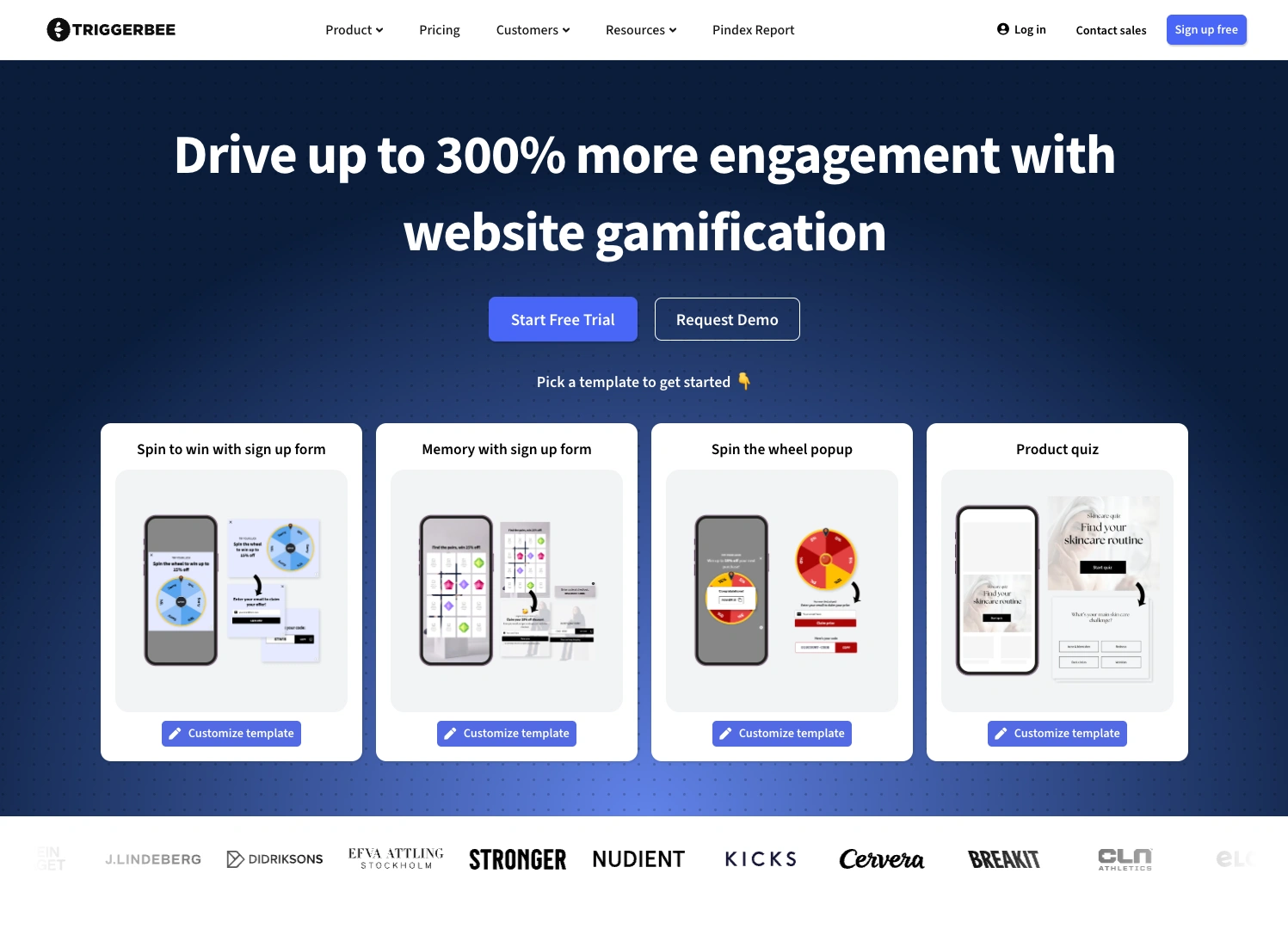
Triggerbee is the best gamification platform for businesses that want flexibility, control, and real results. It’s the only tool on this list that includes both a wide range of gamified campaign types and the advanced targeting logic needed to deliver them to the right visitors.
Spin to win and memory games are built-in components of the Triggerbee platform. Quizzes, scratch & reveal, daily offers, and calendar-based campaigns are available as fully customizable templates. You get the freedom to tailor each experience to your brand, audience, and goals.
And with their default brand settings, you’ll set up your colors, fonts and styles once; then it’s automatically applied everywhere on all future campaigns. This will save you time and don’t have to redesign everything from scratch every time.
Gamified campaign types in Triggerbee
- Spin to win (built-in)
- Memory game (built-in)
- Scratch & reveal (template-based)
- Product quizzes (template-based)
- Mystery offers
- Daily offers
- Calendar campaigns (like advent calendars or countdowns)
Real results from real brands using Triggerbee’s Gamification Features
Däckskiftarna – 250% more sign ups using a Memory Game campaign
Däckskiftarna tested a gamified campaign using a memory game against a traditional signup popup. Both versions promoted the same raffle: “Win free tyre change & tyre hotel.” But in the gamified version, visitors had to play a quick memory game before entering their details.
The result? The gamified campaign had a 250% higher form submission rate than the regular form.
“Activate the ‘gamification brain’ of your visitors! Creating interactivity, like a memory game, engages the user and increases the willingness to participate. Thank you Triggerbee for the technology!”
Sebastian Nilsson Rundlöf, Co-founder at Extend Marketing
Bubbleroom – 20,000 sign ups from one Mystery Offer campaign
To boost signups during Easter, Bubbleroom launched a gamified campaign using Triggerbee with an “egg hunt” twist. They A/B-tested two versions: one that gave users a known reward (20% off), and one that kept the reward a mystery until after interaction.
The mystery version won; driving 20,000+ email signups and a 2,400% increase in submission rate compared to their regular campaigns.
“The campaign was a success and we’re very happy with the results. Both the demand and the number of signups exceeded all our expectations and we’re already planning similar campaigns going forward.”
Sandra Kinander, CRM Manager at Bubbleroom
Apohem – 15% purchase rate from a Sunscreen Product Quiz
Apohem created an embedded gamified quiz to help visitors find the right sunscreen. Instead of using an opt-in, the goal was to increase product visibility and sales. The campaign used 16 quiz variants across 3 different campaign setups — each with 8+ steps. At the end of each quiz, visitors were shown product recommendations based on their answers.
The results were strong across the board: 7.3% quiz start rate, 15% post-quiz conversion rate, and a 42% conversion rate on recommended products.
“With Triggerbee we’re able to create a personalized experience on site, guide our customers to the products they’re looking for and improve conversion.”
– Vanessa Kuslap, Head of Growth at Apohem
Triggerbee is an all-in-one website conversion platform
Triggerbee replaces 4 to 5 different tools by combining forms, surveys, popups, gamification, and referral marketing into a single platform.
- Gamification – Spin to win, quizzes, memory, scratch & reveal, mystery offers
- Forms – Email signups, lead generation, SMS capture, and multi-step logic
- Surveys – NPS, CSAT, smileys, thumbs up/down, and microsurveys
- Promotions – Banners, bars, time-limited discounts, and exit offers
- Referral marketing – Invite-based flows with rewards and built-in contact tracking
If you tried to piece this together with separate tools, you’d easily spend over €500/month (and that’s before you’ve added analytics or targeting). With Triggerbee, it’s all built-in and starts at just €39/month.
Targeting that’s actually built for marketers
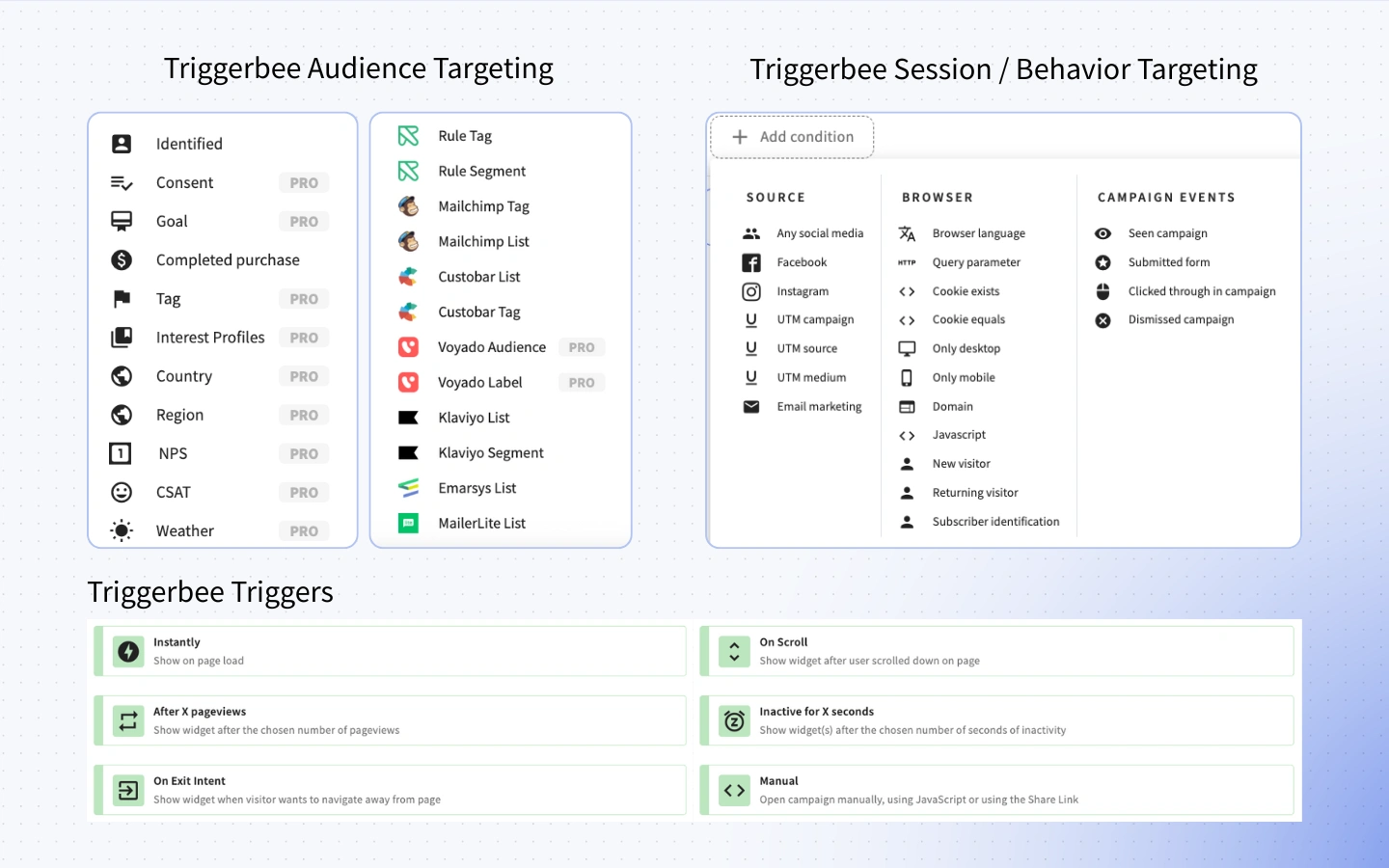
Triggerbee gives you over 40 targeting options out of the box. In fact, the MAIN reason brands choose Triggerbee is so they can show the right content to the right visitor. Triggerbee offers website targeting based on CRM tags, location, referral source, device, weather, behavior, and much more.
Build and combine rules like “has purchased before,” “viewed this product twice,” or “came from a Klaviyo flow.” You can stack conditions with AND/OR conditions, and create segments without needing a separate CDP or analytics tool.
This level of targeting makes it easy to personalize your gamified campaigns, forms, and offers for exactly the right audience.
Built-in analytics that show real impact
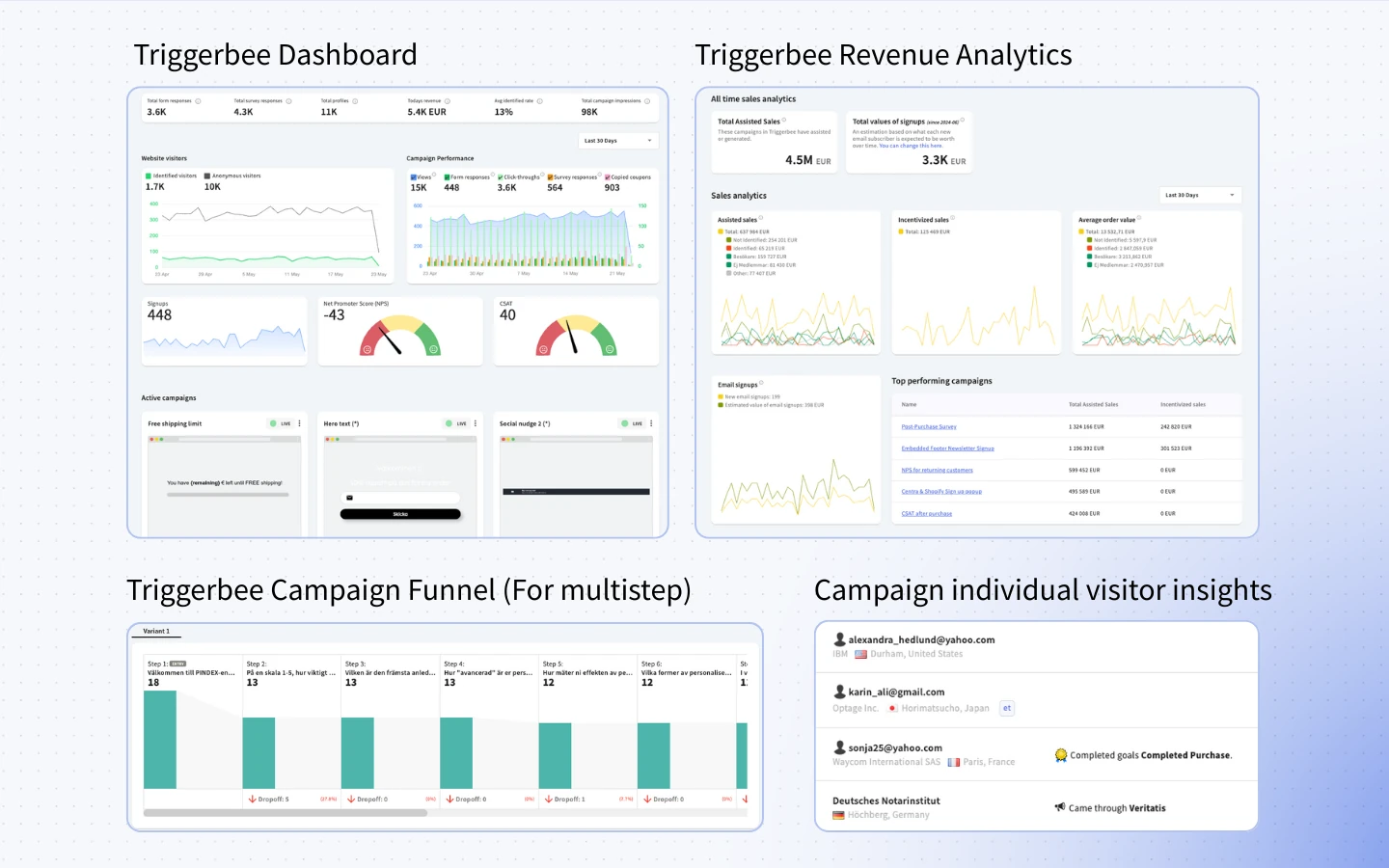
Triggerbee tracks every step of the visitor journey, from the moment someone sees your campaign to the moment they convert. You’ll know how many people viewed, clicked, signed up, and purchased. And it’s all tied to real people, not anonymous traffic.
The analytics dashboard gives you a clear view of what’s working, which audiences are converting, and where people are dropping off. It helps you prove exactly which campaigns are driving results, so instead of getting pushback when suggesting a new campaign to your boss, you can show your team or your boss what’s performing and how it compares to everything else you’re running.
You don’t need extra tracking setups or a BI tool. Everything is built in, with campaign-level and visitor-level insights you can act on immediately.
Visitor identification
Most popup tools rely on anonymous sessions. Triggerbee identifies your visitors after they submit a form or click a campaign link.
This enables you to personalize content and follow-up the next time a visitor returns to your site, more intelligently.
- Block repeat coupon claims with verification
- Show different campaigns to existing customers vs. new leads
- Sync profile data to your CRM or email platform instantly
Pros
- All major gamification formats included
- Templates for fast launch and full design control
- Powerful targeting with CRM and behavior filters
- Multi-step forms and survey logic
- Visitor identity tracking and personalization
- Hosted in the EU
Cons
- No forever-free plan
- Feature-rich, which means more to learn upfront
Pricing
Triggerbee starts at €39/month for up to 50,000 page views. All features — including gamification — are included. Pro plans increase visitor volume and support. Enterprise tiers offer higher scale, custom integrations, and SLA-based support.
2. Sleeknote
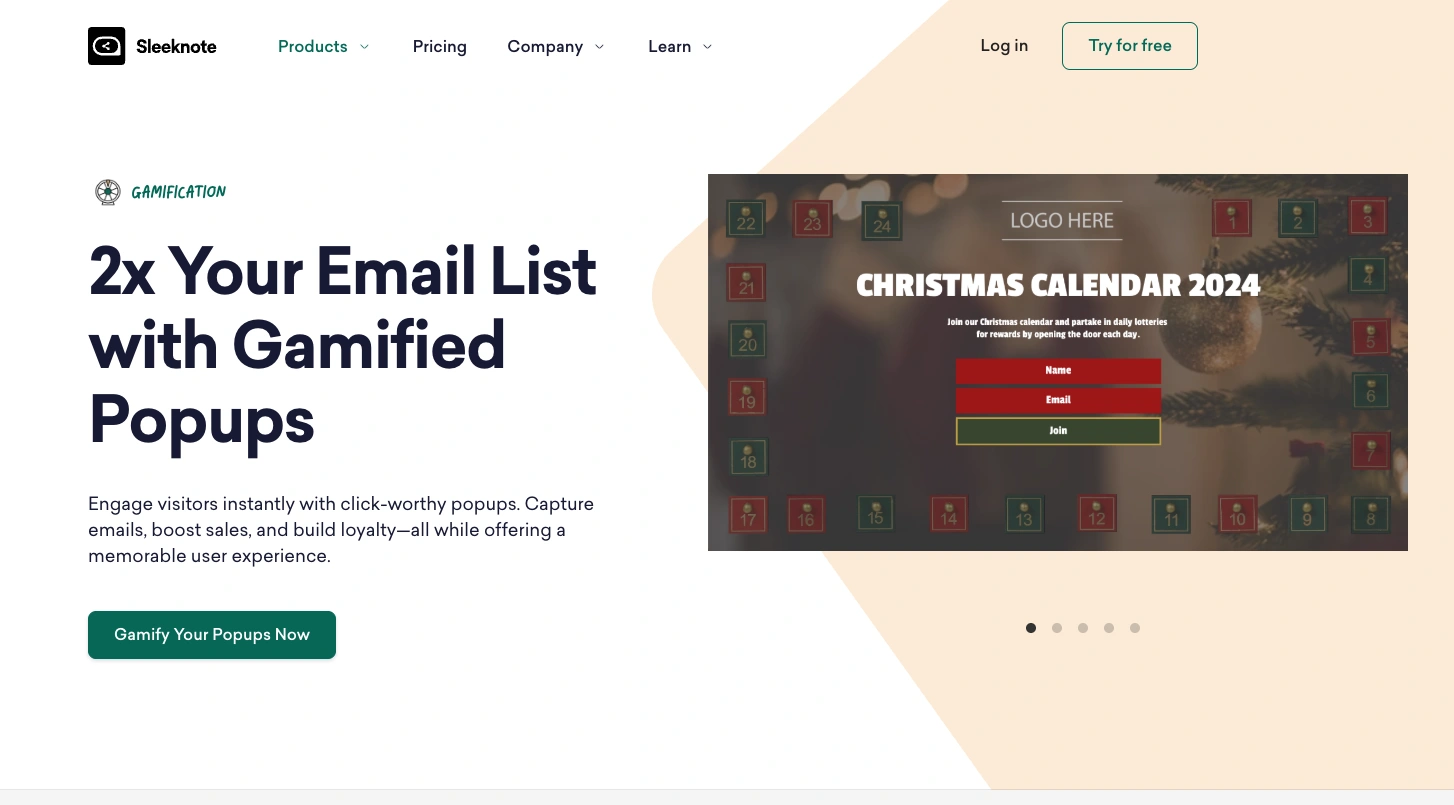
Sleeknote is a popup and lead generation platform built with ecommerce in mind. It’s designed to help brands grow their email lists, promote offers, and guide users toward conversion without disrupting the shopping experience. The visual editor is flexible and includes A/B testing and targeting based on device, behavior, and more.
Sleeknote offers a solid selection of gamified campaign types, including spin to win, scratch to win, seasonal calendars, daily offers, and quizzes. These campaigns are customizable within the editor and works well.
- Gamified campaign types: spin to win, scratch to win, quiz, seasonal calendar, daily offers
- Slide-ins, banners, and popups with full design control
- Behavioral targeting and segment filters
- A/B testing built in
Pricing: To unlock gamification features, Sleeknote starts at €68/month which could be a bit expensive for smaller teams or teams with budget restraints.
3. OptiMonk
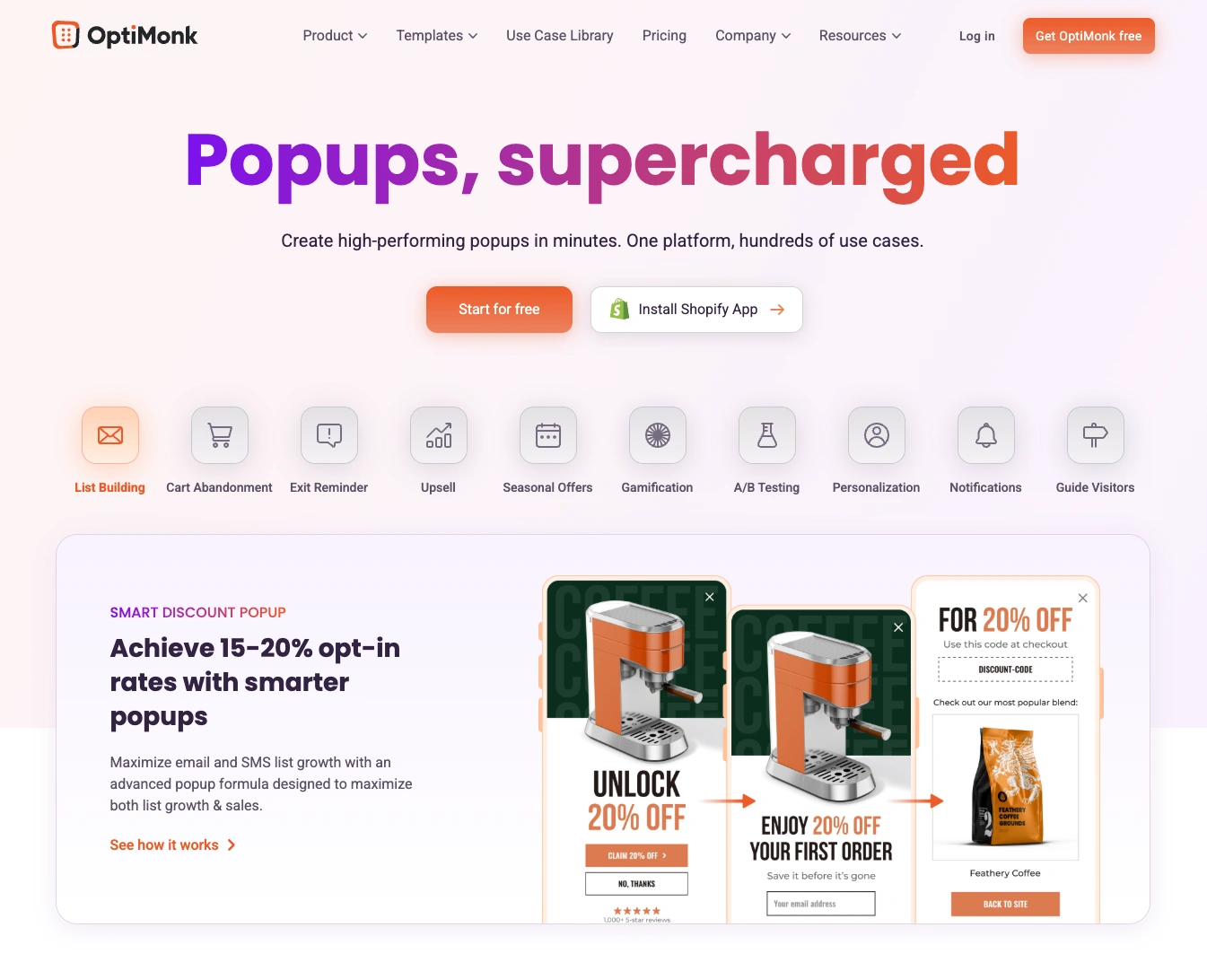
OptiMonk is a conversion optimization platform focused on helping ecommerce brands grow their subscriber base and drive sales through onsite personalization. It supports a wide range of popup formats and has strong integration options for Shopify and other ecommerce platforms.
When it comes to gamified campaigns, OptiMonk includes spin to win, scratch-off, and mystery gift formats. These are available on all plans, including the free tier, though design customization is a bit more limited compared to other tools.
- Gamified campaign types: spin to win, scratch-off, mystery gift
- Behavior- and intent-based targeting (scroll, exit intent, cart value)
- Integrates with ecommerce and email platforms
- Multiple popup formats: overlays, sidebars, embedded forms
Pricing: Gamification is available on the free plan, but is limited to 5,000 page views. Paid plans start at $39/month with a limit of 20,000 page views.
4. Justuno
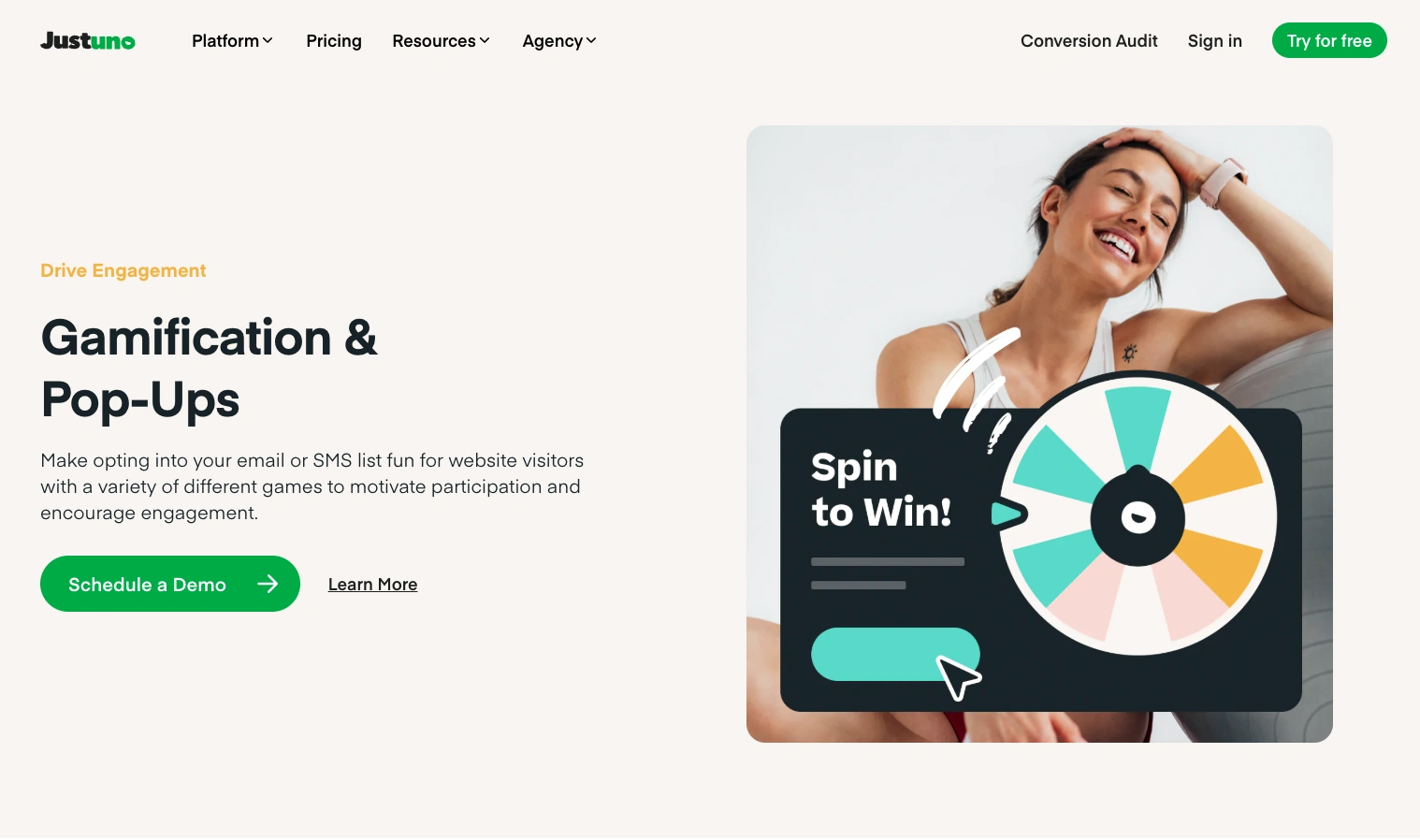
Justuno is a conversion and personalization platform with a strong focus on ecommerce. It includes a powerful design builder, flexible targeting rules, and a wide range of integrations. While it’s not a gamification-first platform, it offers several built-in gamified campaigns that work well for list growth and engagement.
Justuno supports spin to win, scratch & reveal, slot machines, and mystery offers as part of its standard feature set. These campaigns can be layered with advanced targeting logic to deliver highly personalized experiences.
- Gamified campaign types: spin to win, scratch & reveal, slot machine, mystery offers
- Advanced targeting and segmentation tools
- Drag-and-drop editor with full design flexibility
- Strong Shopify and ESP integrations
Pricing: Free up to 2,000 visitors/month. Paid plans offer more traffic capacity and advanced features.
5. Wheel of Popups
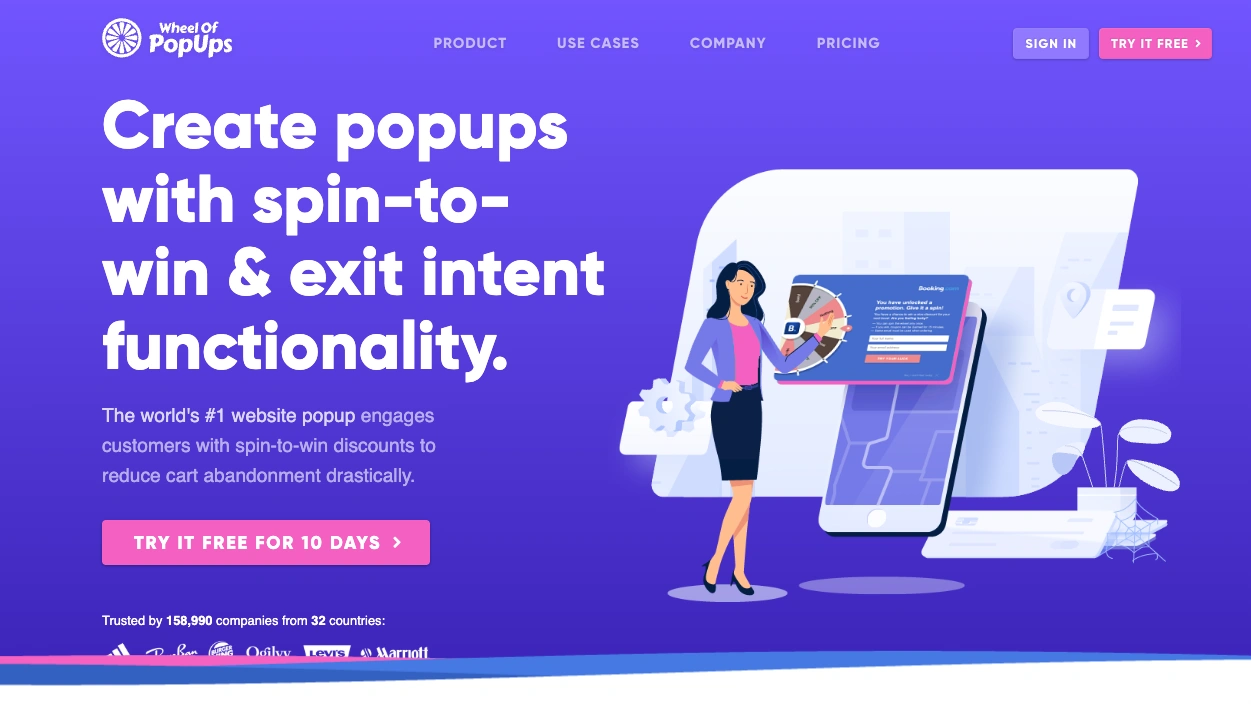
Wheel of Popups is a lightweight gamification tool focused entirely on one format: the prize wheel. It’s designed for businesses that want a simple way to run spin to win promotions without needing a full popup suite.
The platform is easy to set up and includes basic customization options for the wheel, prizes, and form fields. It works well for short campaigns or seasonal giveaways, and pricing is tied to your monthly page views.
- Gamified campaign type: spin to win (one promotion per plan)
- Quick setup with basic styling options
- Email capture and discount delivery included
- Simple dashboard for monitoring performance
Pricing: From $19/month for up to 5,000 page views. Higher plans support more traffic and additional promotions.
6. Elfsight
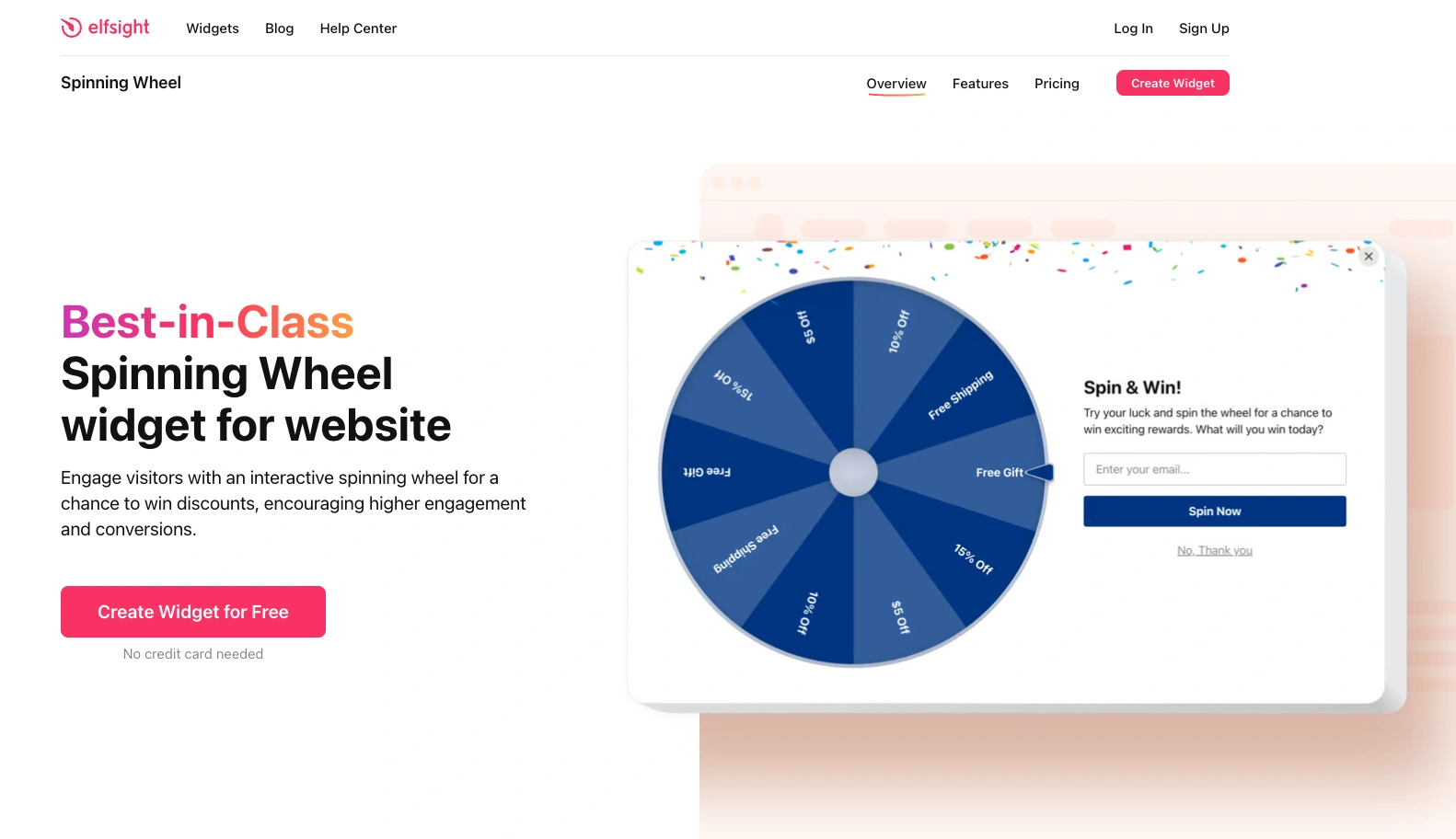
Elfsight offers embeddable website widgets for a wide range of use cases — from social feeds and forms to countdown timers and gamified elements. It’s a good option if you’re looking to quickly add spin to win, scratch cards, or other interactive tools to your site without a large platform commitment.
Elfsight’s gamification features are part of its growing widget library and come with basic configuration and styling options. Everything is managed from a simple visual editor and installed via a code snippet or platform plugin.
- Gamified campaign types: spin to win, scratch card, number games, countdowns
- Hosted widgets that can be embedded on any website
- Quick to launch and easy to manage
- Not a full popup suite, but useful for standalone campaigns
Pricing: From $4/month for up to 5,000 views. Plans scale based on traffic and widget use.
7. Playable
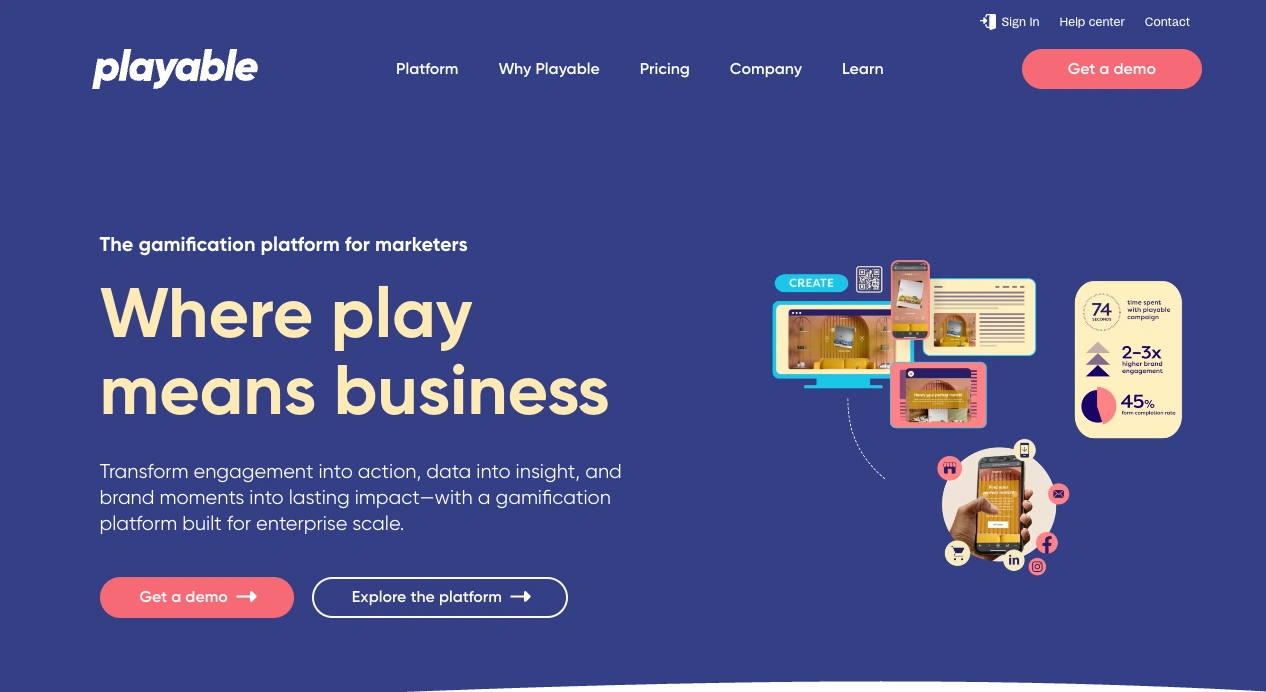
Playable is a gamification platform that builds custom interactive experiences for marketing teams. Rather than offering out-of-the-box templates, it’s designed for brands that want unique, fully branded games like scratchers, quizzes, prize reveals, and other interactive formats tailored to specific campaigns.
Playable is typically used for high-impact promotions where the experience itself is part of the campaign — often in email, landing pages, or microsites. Setup is more involved, but the payoff is a gamified campaign that stands out and aligns exactly with your brand.
- Gamified campaign types: built-to-order (quizzes, scratchers, wheels, trivia, and more)
- Fully custom game development with support team
- Works across email, landing pages, and websites
- Ideal for high-scale or enterprise campaigns
Pricing: Custom quotes only. Typically used by larger brands or enterprise teams.
8. Poptin
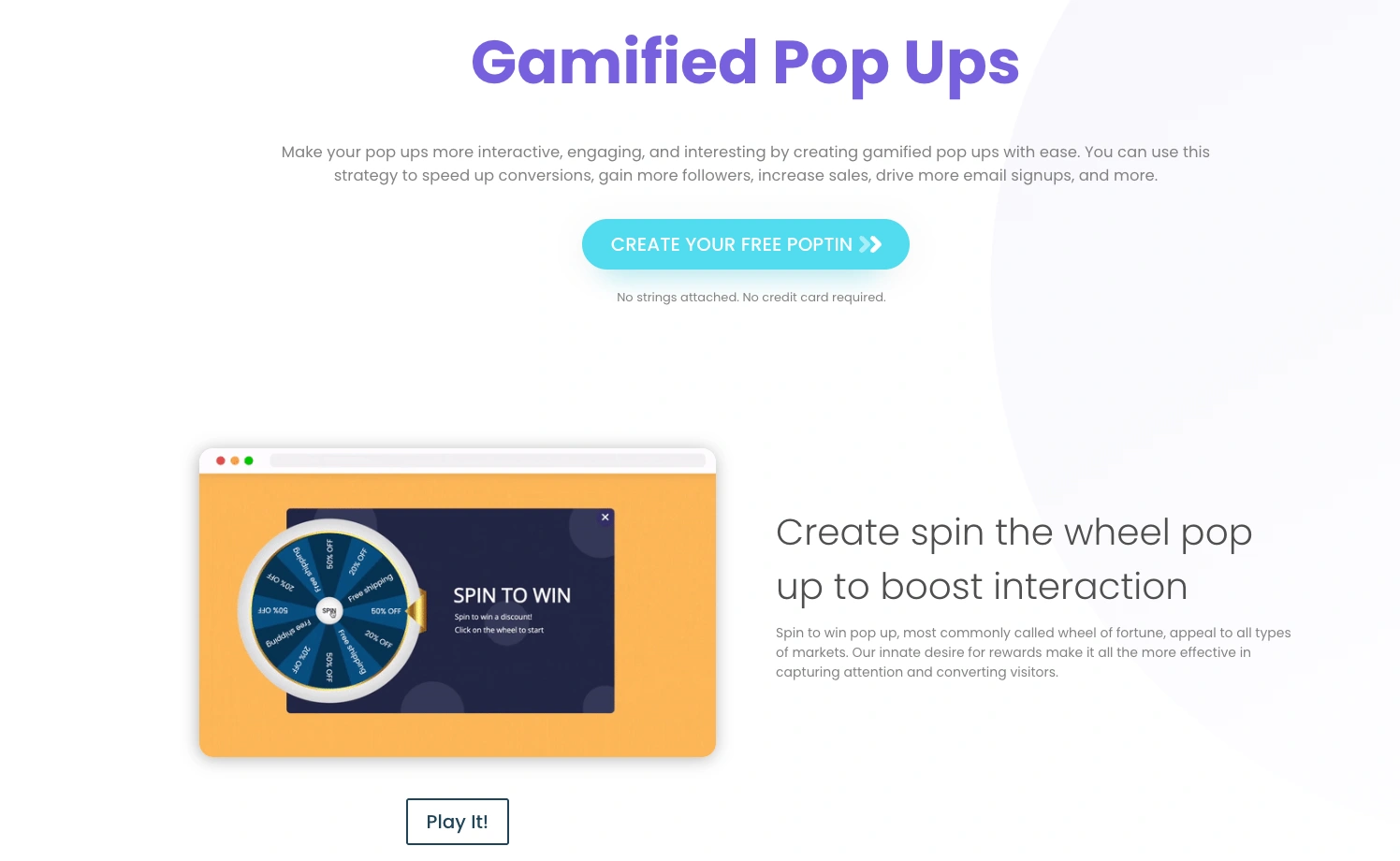
Poptin is a popup and form builder that helps websites capture leads, grow email lists, and reduce bounce rates. It includes templates for lead forms, countdowns, and exit-intent popups — and also supports a few simple gamified campaign types.
You can run spin to win, scratch cards, and mystery offers through Poptin’s template system. Customization is fairly limited for these formats, but they’re easy to set up and work well for quick campaigns aimed at list growth or coupon delivery.
- Gamified campaign types: spin to win (limited), scratch card, mystery gift
- Exit-intent and timed triggers
- Drag-and-drop form builder
- Works with most major email and CRM tools
Pricing: Free up to 1,000 visitors/month. Paid plans start at $25/month.
9. Wisepops
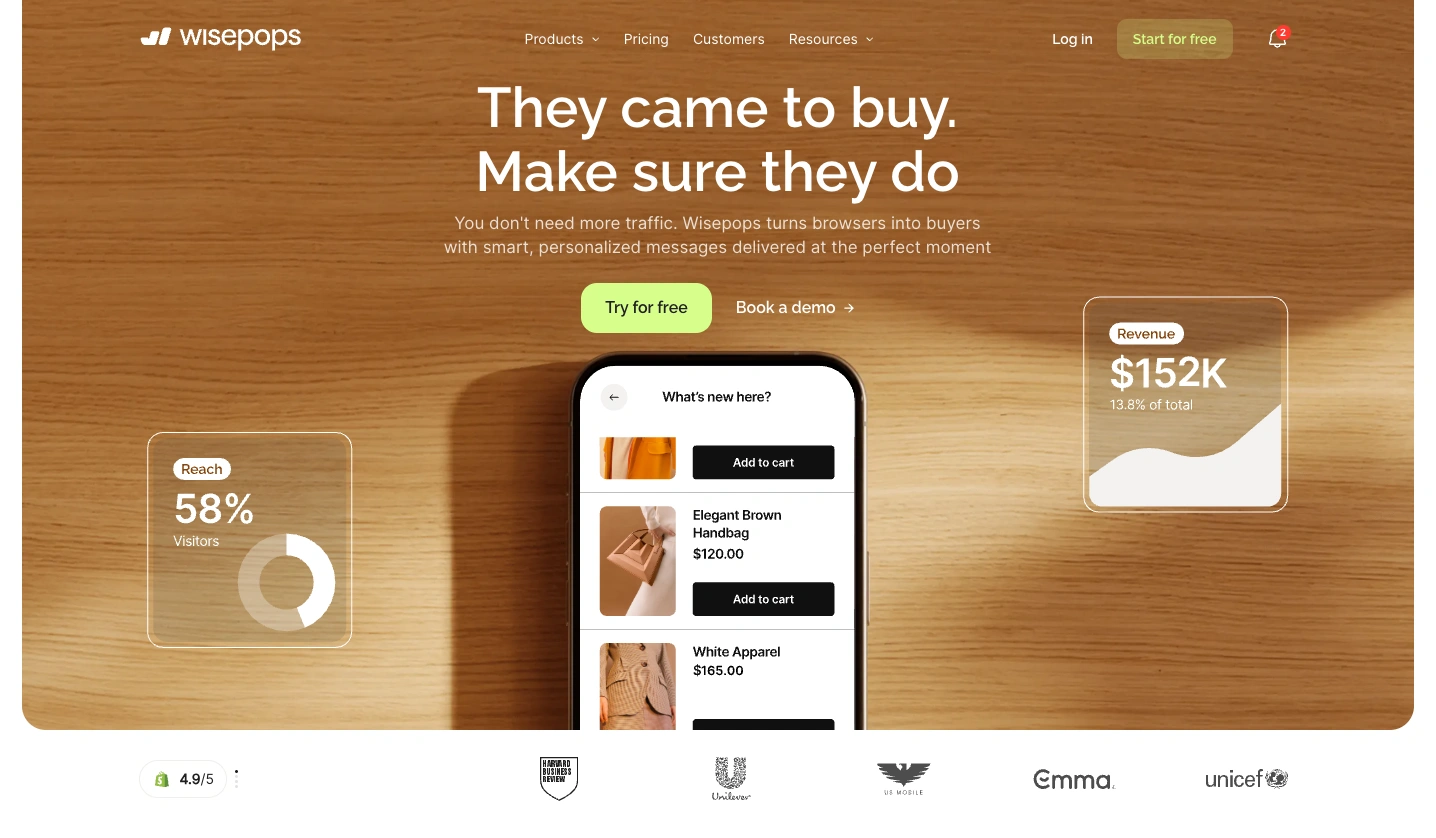
Wisepops is a flexible platform for onsite marketing campaigns, including popups, bars, banners, and embedded surveys. It’s designed for marketers who want to launch personalized experiences quickly, with a visual editor and solid targeting tools built in.
For gamified campaigns, Wisepops supports spin to win as its primary format. You can control the design, prize options, and display rules, but other game types like scratch cards or quizzes aren’t currently supported.
- Gamified campaign type: spin to win
- Visual editor with real-time previews
- Audience targeting based on behavior and attributes
- Integrated analytics and multistep flows
Pricing: From €49/month. Free trial available.
10. OptinMonster
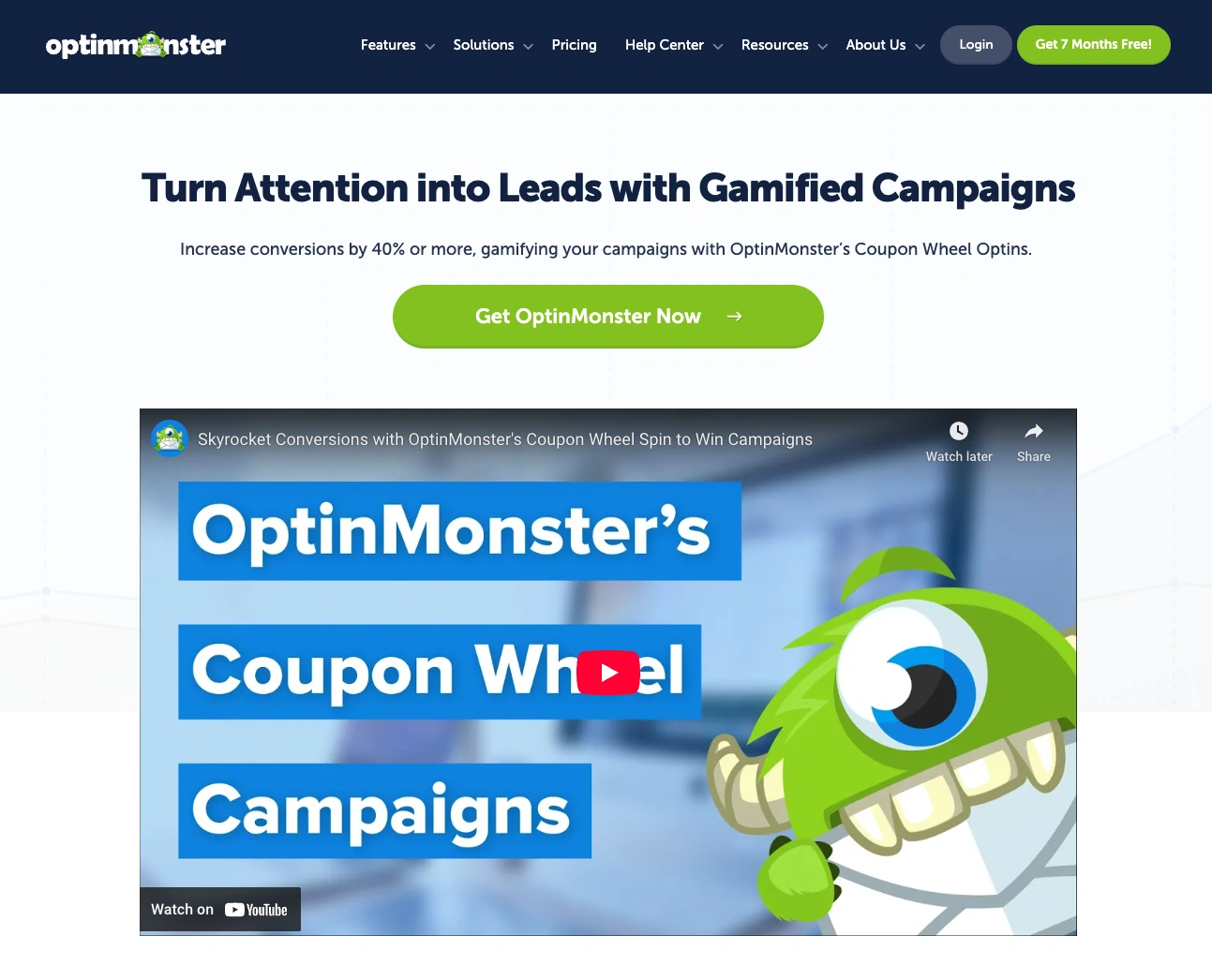
OptinMonster is a conversion optimization platform that helps marketers build popups, floating bars, and lead forms. It’s widely used across ecommerce and B2B, and includes powerful display rules, targeting logic, and A/B testing capabilities.
Gamification-wise, OptinMonster offers a spin to win campaign format designed to boost email signups and coupon redemption. It’s easy to configure and integrates with most major email platforms, though it’s the only gamified option currently supported.
- Gamified campaign type: spin to win
- Targeting options like scroll depth, exit intent, and referrer source
- Drag-and-drop builder with reusable templates
- Built-in analytics and A/B testing
Pricing: Gamification starts from $49/month. No free plan available.
11. Privy
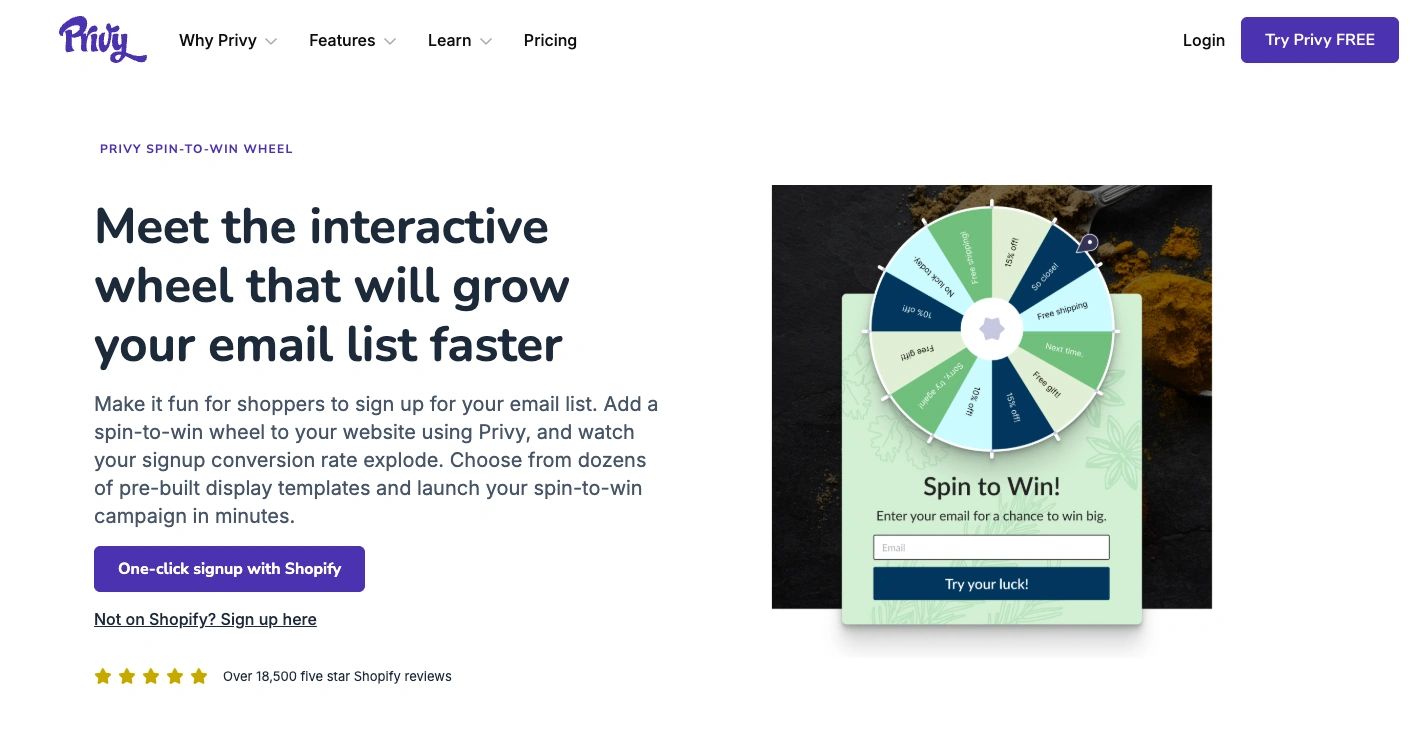
Privy is a marketing platform built for ecommerce, combining popups, email, and SMS into one tool. It’s best known for helping Shopify and BigCommerce stores grow their lists and drive more first-time purchases.
Privy includes a spin to win campaign type that’s designed to increase email signups through coupon incentives. It’s simple to set up and works well for entry-level gamified campaigns, especially during sales or seasonal promotions.
- Gamified campaign type: spin to win
- Form builder for email, SMS, and cart recovery
- Targeting by page, device, and behavior
- Shopify and ESP integrations included
Pricing: Spin to win available from $24/month. Plans scale based on features and email volume.
12. Klaviyo
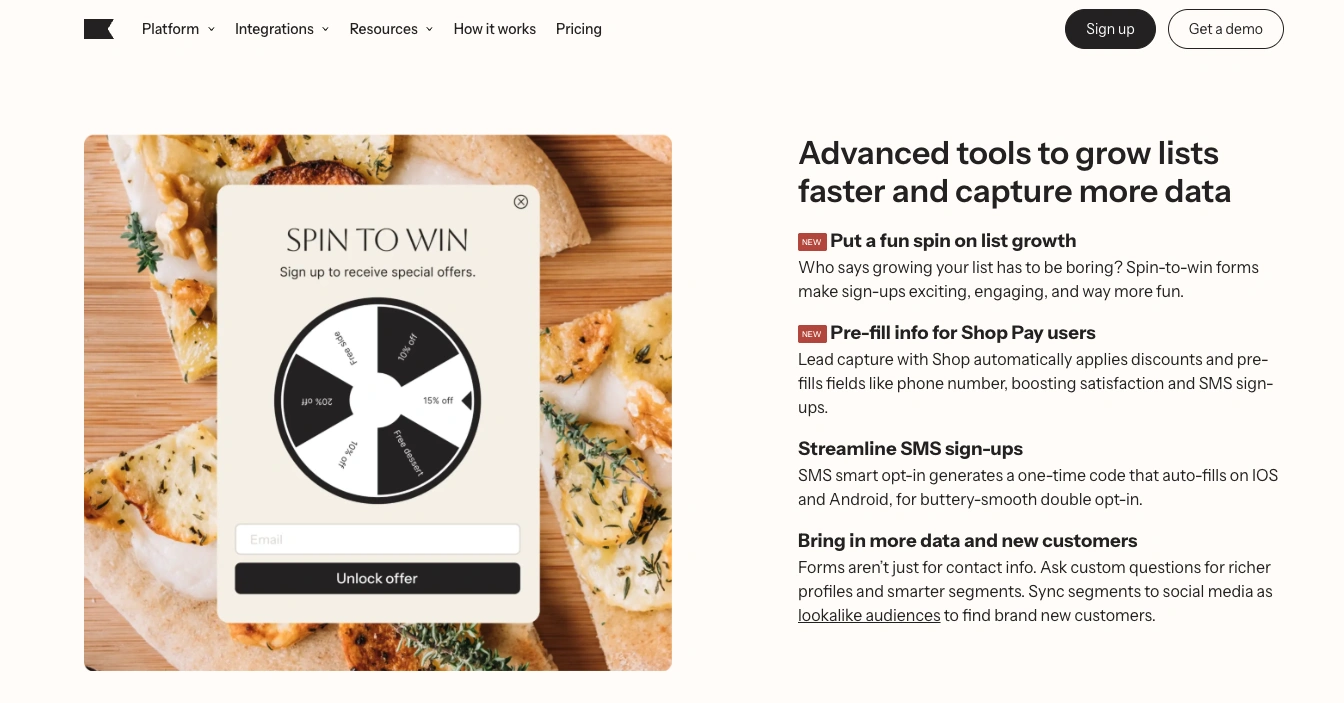
Klaviyo is best known as a powerful email and SMS marketing platform, but it also includes a built-in form builder for growing your list directly from your website. You can create embedded forms, flyouts, and popups. They have a couple simple spin to win campaign formats for gamifying the sign up experience.
While it’s far from a full gamification platform, Klaviyo’s spin the wheel works well for basic campaigns and is connected directly with your audience segments. It’s a solid choice if you’re already using Klaviyo for email and automation; if all you want is a simple spin the wheel sign up popup.
- Gamified campaign type: spin to win
- Fully integrated with email and SMS workflows
- Targeting by location, URL, behavior, and custom segments
- No-code setup with visual editor
Pricing: Included in all plans. Free up to 250 contacts.
13. MailerLite
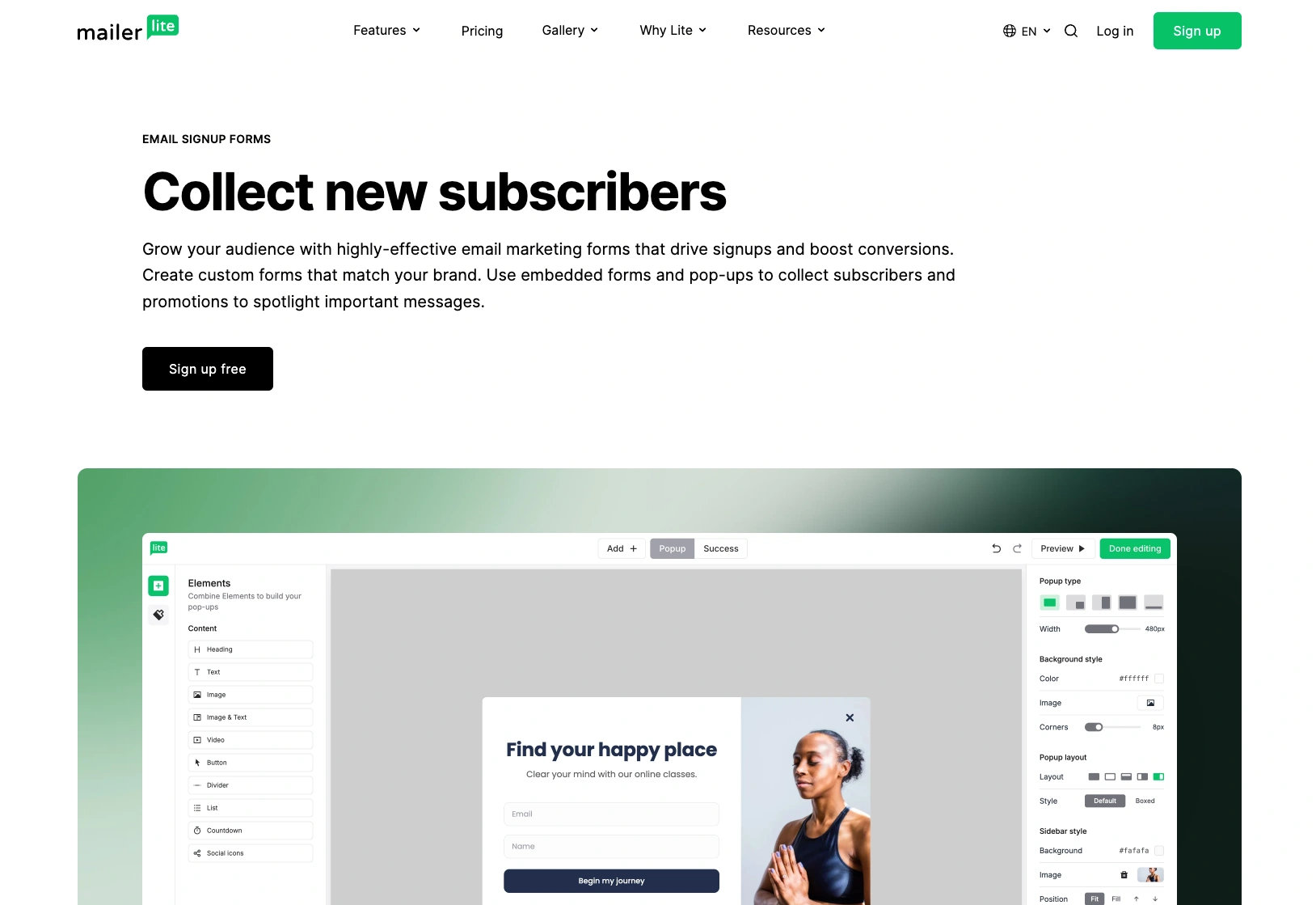
MailerLite is an email marketing platform that also includes landing pages, popups, and embedded forms. It’s known for its clean interface and generous free plan, making it popular with small businesses and creators. As part of its form tools, MailerLite includes a simple spin to win feature for lead generation.
The gamified popup connects directly to your subscriber groups and automations, so you can instantly follow up with welcome emails or offers. It’s not a full gamification suite, but works well for basic campaigns and stores just getting started.
- Gamified campaign type: spin to win
- Integrated with MailerLite email and automation flows
- Popup and form builder with visual editor
- Targeting by behavior, device, and page URL
Pricing: Included in all plans. Free up to 500 contacts.
Wrapping up
There’s no shortage of tools for running gamified campaigns on your website. Whether you’re looking for a simple spin to win popup, a full-blown interactive calendar, or something custom-built for a major product launch — there’s a platform out there for you.
Some tools keep things simple and affordable. Others go all-in on enterprise power. A few sit somewhere in between. What matters most is how well the platform fits your brand, your goals, and the way your team works.
Before you choose, ask yourself:
- Do I just need one gamified campaign, or do I want to run many?
- Do I need real design control, or am I okay with templates?
- Do I care about targeting different audiences with different offers?
- Do I want it to connect with the tools I already use?
- Can I track real results from each campaign?
The verdict: Why Triggerbee is the best gamification platform
Triggerbee isn’t the biggest name on this list… yet. But it’s the most complete and marketer-friendly option if you want real flexibility, powerful targeting, and results you can prove.
With a no-code editor and built-in editor components like spin to win and memory, plus template-based formats like scratch cards, quizzes, and daily offers, you get more variety than any other platform. And every campaign can be tailored to your brand, your visitors, and your data.
Triggerbee goes beyond the popup and gives you the targeting engine to deliver your message to the right person, the analytics to show what’s working, and the tools to build full conversion flows from start to finish.
We’re an underdog, yes. But we’re an underdog with a clear mission: to help marketers launch personalized, high-converting campaigns with zero fuss and zero compromise.
Try Triggerbee free for 14 days and see how it stacks up.
